You don’t have to be as diligent as Hermione Granger is in school to learn something from J.K. Rowling. Whether it’s the power of patience, the fun of imagination or the meaning of love, take a look at some of the most important lessons Rowling has taught fans.
On Persistence
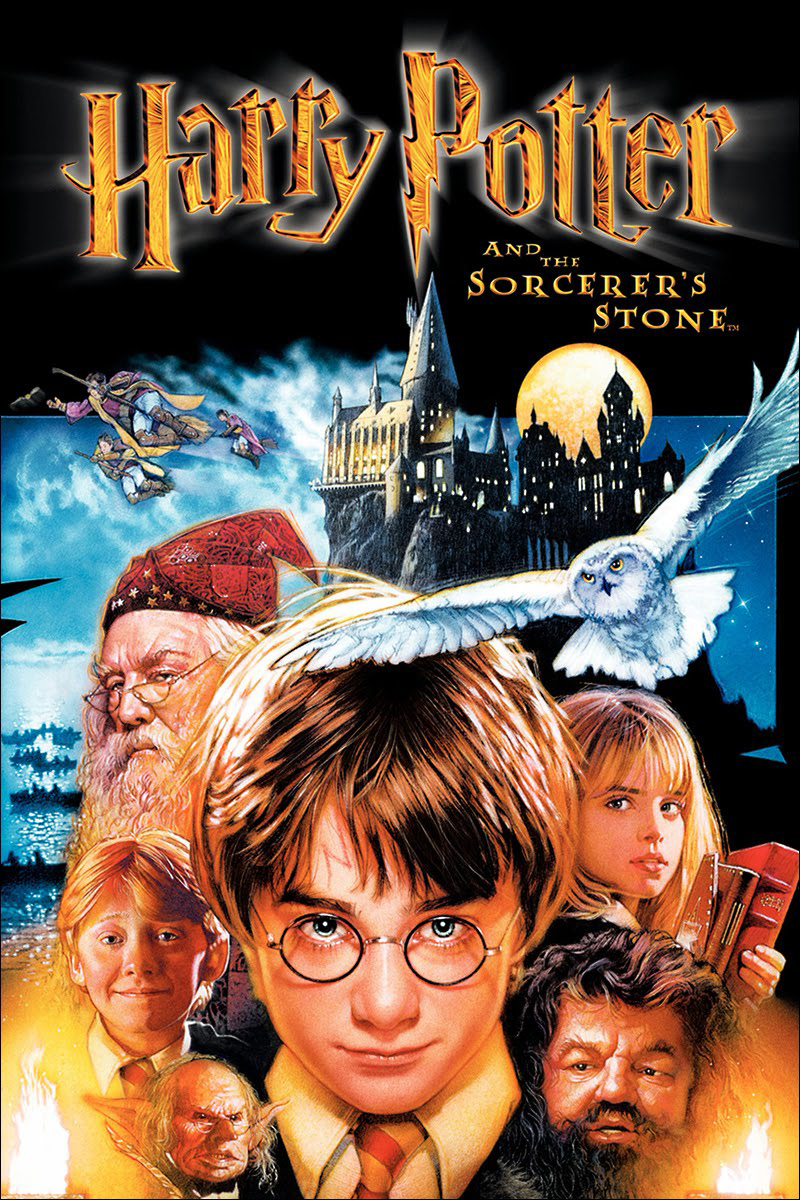
From the very beginning, Rowling taught us to never give up. We learn this early on in Sorcerer’s Stone, when Harry’s letter from Hogwarts finds him even after he’s forced to leave his home. No matter how far the Dursleys were willing to take him to escape this very important piece of mail, Hagrid made sure to get him his letter — and a birthday cake, of course.
On Politics
The author and longtime resident of Scotland has never hidden her alliances, donating £1 million to the unionist ‘No’ campaign prior to the Scottish independence referendum and comparing a portion of Scottish nationalists to Death Eaters, a reference to Voldemort’s followers. “When people try to make this debate about the purity of your lineage, things start getting a little Death Eaterish for my taste.” She also took to Twitter when the ‘No’ result for Scottish independence was announced.
On the Power of Happy Thoughts
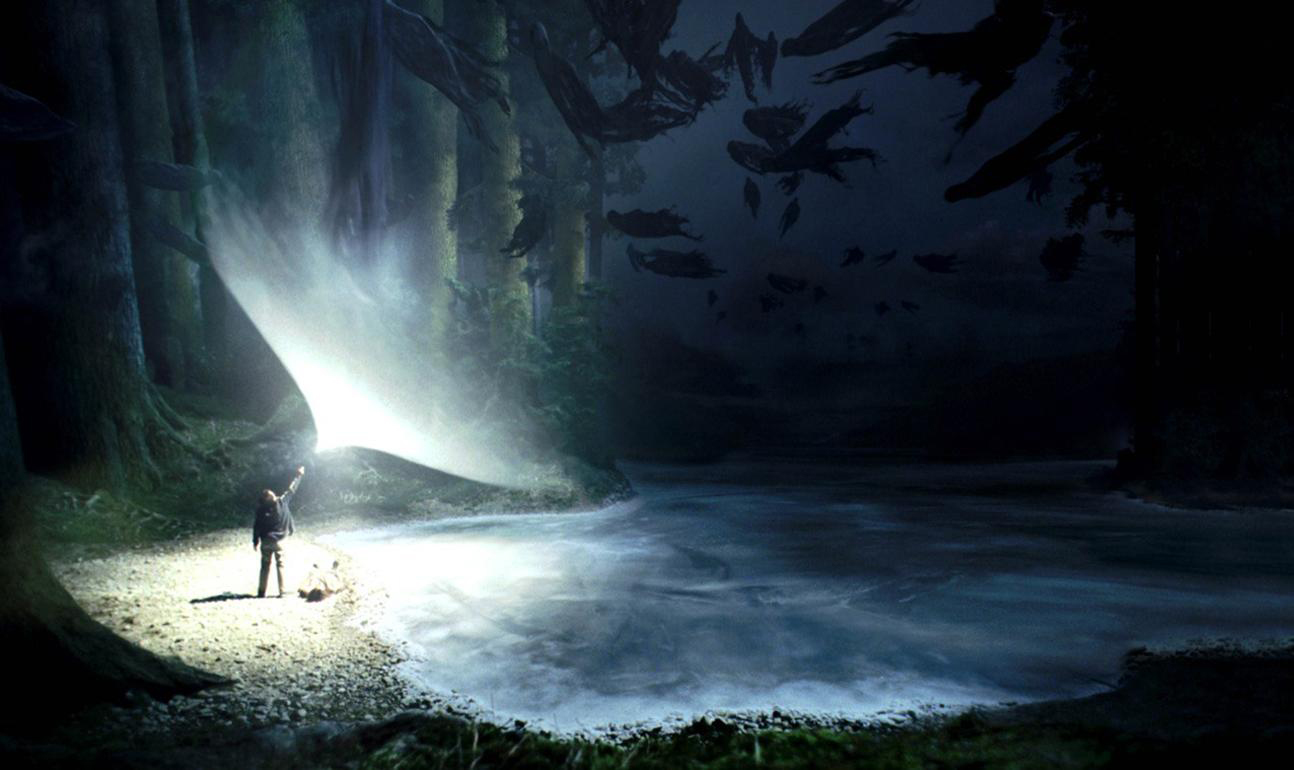
“Happiness can be found, even in the darkest of times, if one only remembers to turn on the light,” Dumbledore says in the Goblet of Fire movie. But Rowling didn’t actually write that line, as it was added in the script by screenwriter Steve Kloves. Still, she invented the character who would say such a thing. And happy thoughts are consistently referenced as a source of power and light in the books. For example, a boggart, which can transform into one’s worst fear, can be eradicated with laughter. And to successfully use a Patronus charm to fight a Dementor, one must channel their happiest memories.
On Regrets
So Rowling has never actually said she regrets killing Fred Weasley, but she did apologize.
She does regret killing off Florean Fortescue, the owner of the Diagon Alley ice cream parlor. “I seemed to have him kidnapped and killed for no good reason,” she wrote on Pottermore in 2014. “He is not the first wizard whom Voldemort murdered because he knew too much (or too little), but he is the only one I feel guilty about, because it was all my fault.”
On Meaning
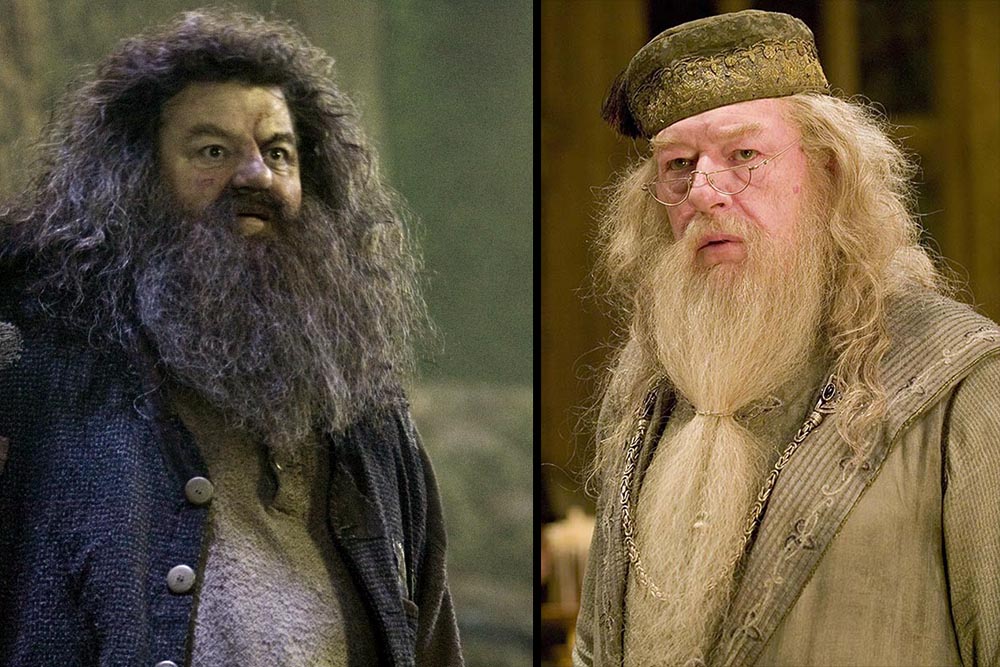
Hagrid and Dumbledore may have gone by their surnames throughout the series, but their first names hold deep meaning. “The colours red and white are mentioned many times in old texts on alchemy,” she wrote on Pottermore, explaining that some say these colors symbolize base metal and gold, representing “two different sides of human nature.” These colors inspired the names of two relevant characters in the Potter universe: “Rubeus (red) Hagrid and Albus (white) Dumbledore…both hugely important to Harry, seem to me to represent two sides of the ideal father figure he seeks; the former is warm, practical and wild, the latter impressive, intellectual, and somewhat detached.”
On Love

From Hermione and Ron to Harry and Ginny, Fleur and Bill to Hagrid and Madame Maxime, love is everywhere in the Potter books. But not just in a romantic way. There’s Harry’s love for the parents he never met, and the connection he has with his mother, whose love helped him survive Voldemort’s killing curse. See some of Rowling’s best quotes about love below.
“You are protected, in short, by your ability to love!” -Albus Dumbledore, Half-Blood Prince
“Do not pity the dead, Harry. Pity the living, and, above all, those who live without love.” -Albus Dumbledore, Deathly Hallows
“To have been loved so deeply, even though the person who loved us is gone, will give us some protection forever.” -Albus Dumbledore, Sorcerer’s Stone
“After all this time?” -Dumbledore
“Always.” -Severus Snape, Deathly Hallows
On Patience
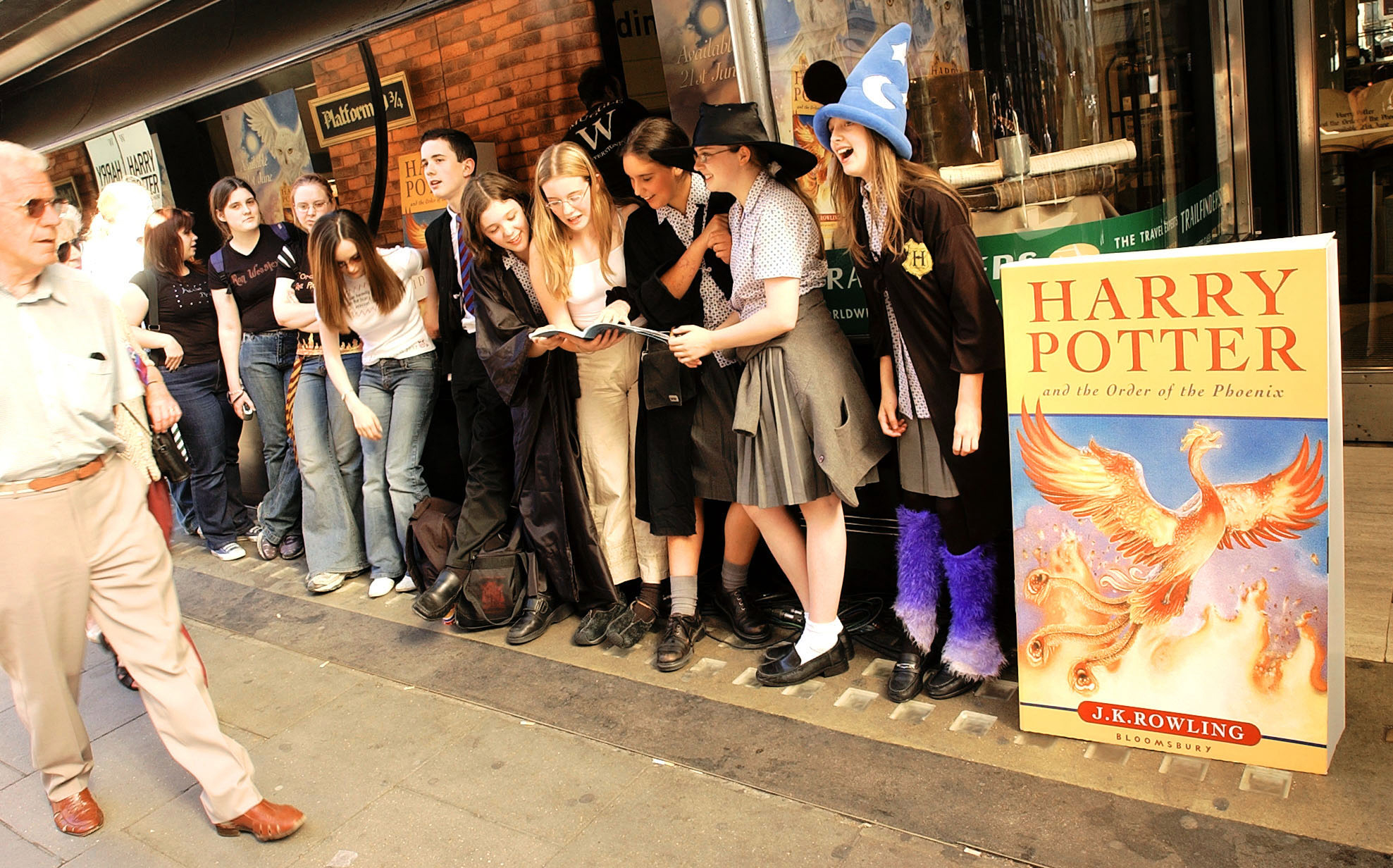
The wait between books felt like forever for fans. Most tried to wait patiently, but even rereading other books or getting costumes ready for the next midnight release party didn’t dampen anticipation. Here’s a breakdown of how much time lapsed between each book release in the U.S.:
Between Sorcerer’s Stone and Chamber of Secrets: 274 days
Between Chamber of Secrets and Prisoner of Azkaban: 98 days
Between Prisoner of Azkaban and Goblet of Fire: 304 days
Between Goblet of Fire and Order of the Phoenix: 1078 days
Between Order of the Phoenix and Half Blood Prince: 756 days
Between Half Blood Prince and Deathly Hallows: 735 days
On Revelations

None of the greatest wizards have been able to master the anti-aging market that we know of (well, unless you count Nicolas Flamel). Rowling never revealed whether or not drinking unicorn blood would stop hair from turning gray, but that was never Harry’s shtick anyway. Alas, in his thirties, he had “a couple threads of silver” in his hair, Rowling wrote in her first big Pottermore story. Keep in mind, though, that this was Rita Skeeter’s reporting, so it could have simply been the lighting at the moment that made him look a bit gray.
On Our Favorites
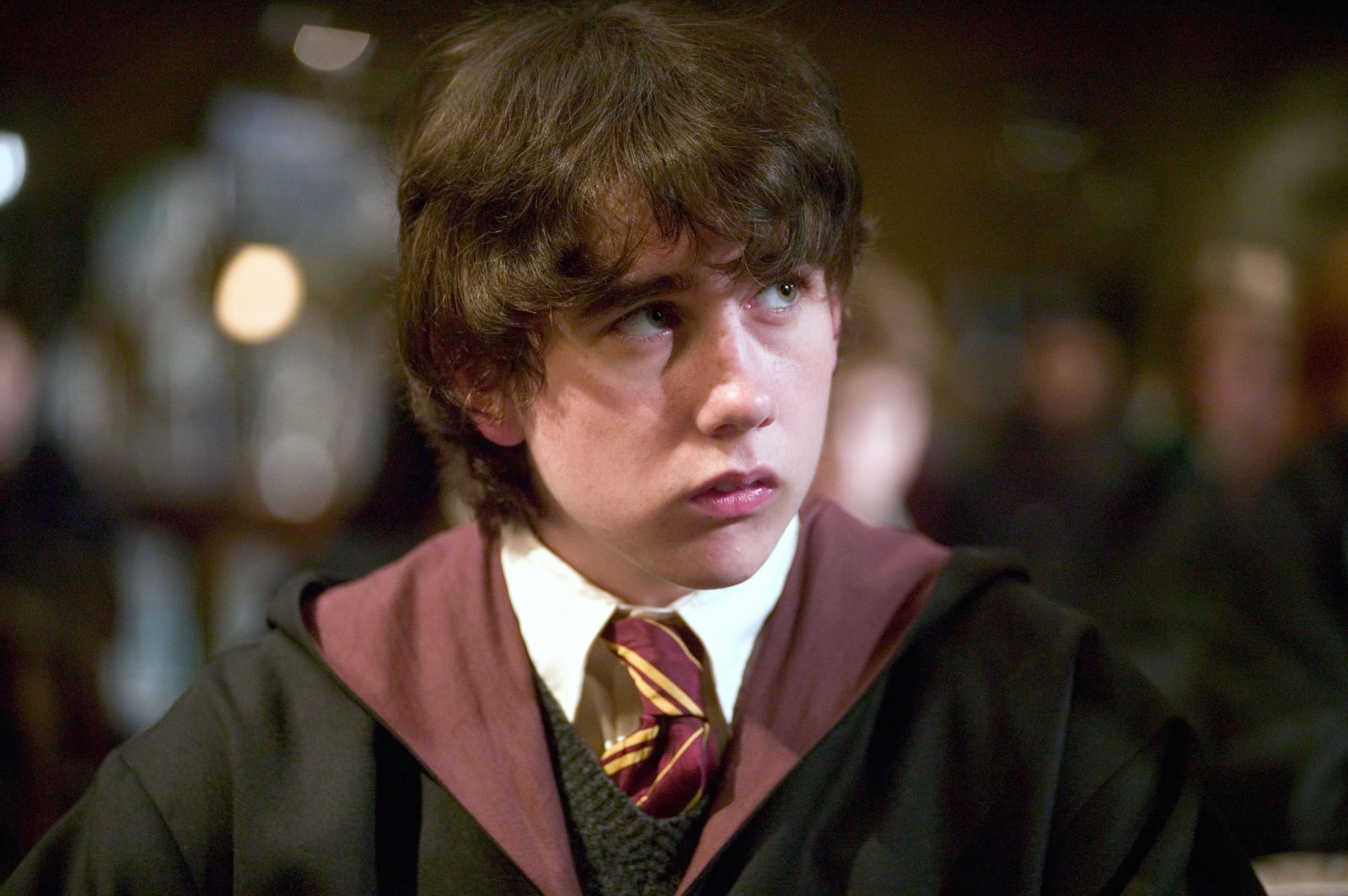
Through Pottermore, Rowling’s let us in on more than just the fact that Harry may or may not have a bit of gray in his hair. Hermione Granger — who did not change her last name, like Ginny did— rose to be Deputy Head of the Department of Magical Law Enforcement. Ron Weasley, however, is balding and left the Ministry of Magic after only two years to co-manage Weasleys’ Wizard Wheezes with his brother George. Percy Weasley, meanwhile, is Head of the Department of Magical Transportation while Neville Longbottom is now an Herbology teacher at Hogwarts and is married to Hannah Abbot, a Hufflepuff. Luna Lovegood is also married, to Rolf Scamander (grandson of Newt Scamander of Fantastic Beasts fame). Teddy Lupin, son of the deceased Remus Lupin and Nymphadora Tonks, is now 16 and seems to be addicted to snogging Victoire, who is Bill Weasley and Fleur de la Coeur’s daughter.
On Never Giving Up Hope
Rowling spoke of her own depression in a 2008 interview with the Associated Press, saying she had “suicidal thoughts.” And in May of 2015, when a fan tweeted her about potentially wanting to give up, she responded with a series of inspiring images and a message that resonated to many.
On Nicknames
Oh, poor Moaning Myrtle. She was always so miserable, well, at least when she wasn’t haunting Harry in the prefect’s bathroom. Readers met Myrtle in Chamber of Secrets, but it wasn’t until 2015 that we finally learned her full name: Myrtle Elizabeth Warren. No relation to Senator Elizabeth Warren, though.
Nothing to do with the United States Elizabeth Warren I hasten to add! 'Elizabeth' is just one of those classic British middle names.
— J.K. Rowling (@jk_rowling) May 11, 2015
On Falling for the Wrong Person
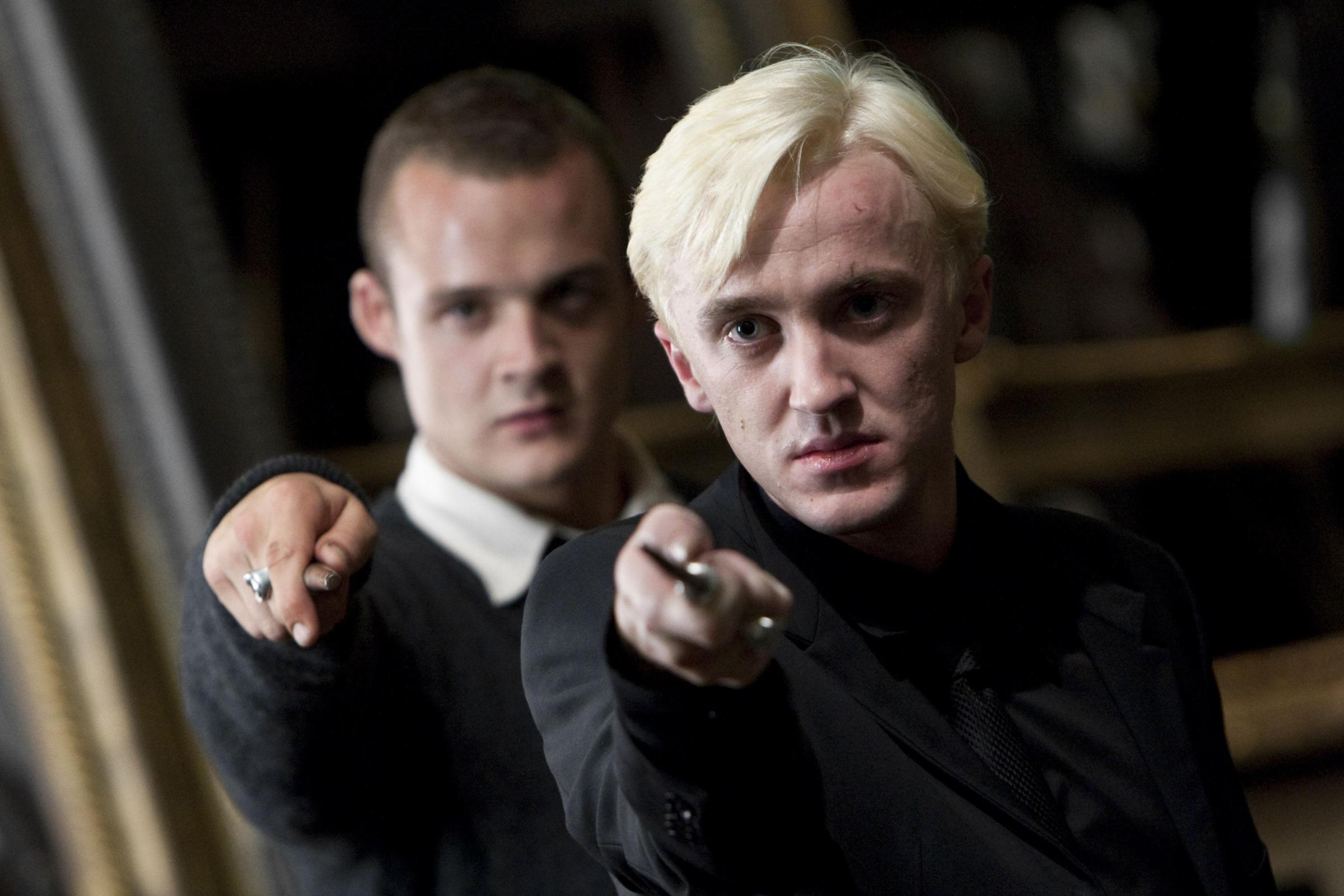
Rowling occasionally uses her fansite Pottermore to reveal more information about the wizarding world and key Potter characters. During her 12 Days of Christmas series in 2014, she spilled on Draco Malfoy, everyone’s favorite Slytherin. “I have often had cause to remark on how unnerved I have been by the number of girls who fell for this particular fictional character (although I do not discount the appeal of Tom Felton, who plays Draco brilliantly in the films and, ironically, is about the nicest person you will ever meet),” Rowling wrote. “Draco has all the dark glamour of the anti-hero; girls are very apt to romanticise such people. All of this left me in the unenviable position of pouring cold common sense on ardent readers’ daydreams, as I told them, rather severely, that Draco was not concealing a heart of gold under all that sneering.”
On Inspiration
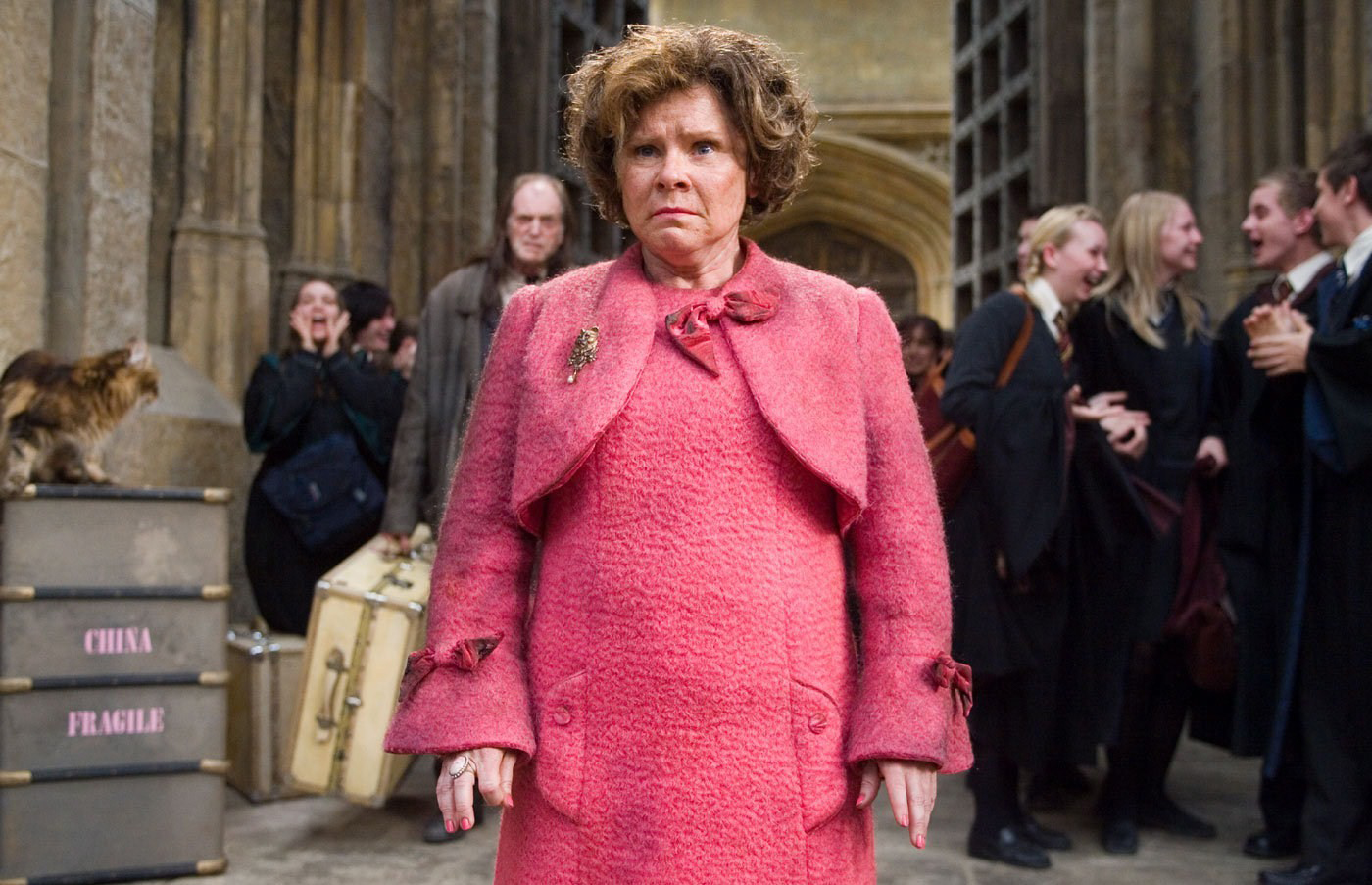
The despicable Dolores Umbridge came by way of Rowling’s imagination, but not without some sickly sweet real-life inspiration. Rowling released a 1,700-word story on Halloween, noting that Umbridge was based on a former teacher she despised. “Umbridge is not only one of the most malicious Potter characters—she is the only person other than Lord Voldemort to leave a permanent physical scar on Harry,” Rowling wrote. The character’s affinity for kittens was also inspired by a woman Rowling once shared an office with, who “had covered the wall space behind her desk with pictures of fluffy kitties.” Umbridge’s backstory was revealed in the piece, including the fact that her mother was a Muggle, her father a wizard and her brother a Squib. “Nasty things tended to happen” to those who inquired about her family.
On Being Yourself
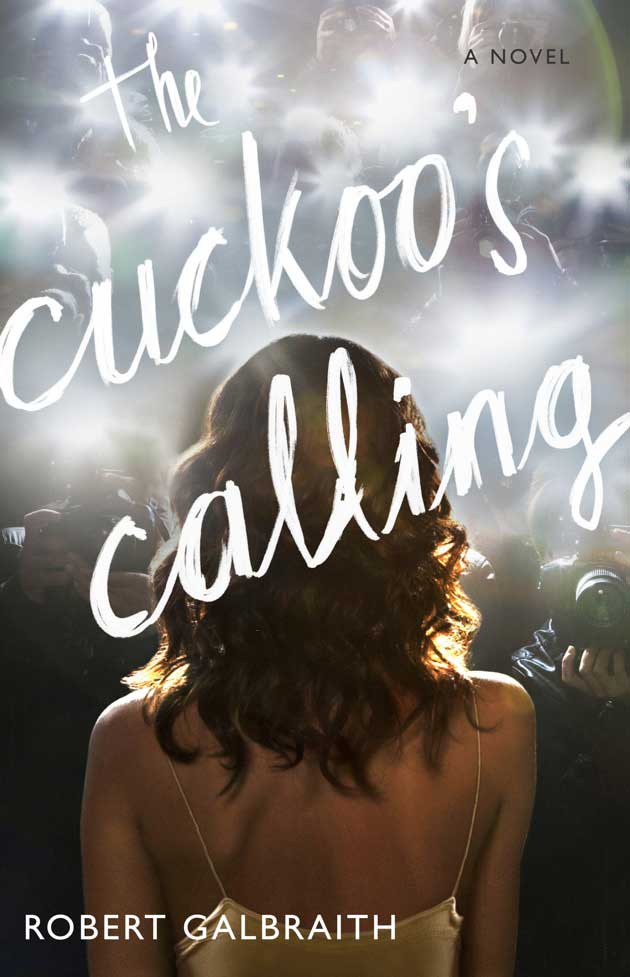
When Rowling had a new story to tell, she wanted to do it on her own terms, but not necessarily with her own name. The author released the Cormoran Strike series under her pseudonym Robert Galbraith, and she impressed readers with the “debut” well before she was discovered. Rowling was unmasked via a series of Tweets only 72 days after the book was published in the U.S. A group of forensic scientists examined the text to confirm it was, indeed, by her. After the revelation, the book skyrocketed to the top spot on Amazon. A well-received sequel will be followed by a third novel in October 2015. Despite all the hoopla, Rowling still writes, and even Tweets, under the pseudonym.
On the Freedom of Education
In a July 2015 story, a journalist estimated it would cost more than $43,000 a year to go to Hogwarts, including all the Diagon Alley necessities like wands, robes, books and so on. Rowling quickly shut down the idea on Twitter, clarifying that magical education is, in fact, free.
On Equality
In 2007 Rowling surprised fans when she revealed that Albus Dumbledore was gay, just three months after the final book in the series was released. The revelation is a powerful example of the message of tolerance that is woven throughout the series, and it’s one Rowling has only continued to share.
On Twitter, Rowling responded to a fan who wrote that his wife had teasingly told him there were no Jews at Hogwarts, meaning that she was the only one qualified to be “magical” in the family.
She confirmed in a later tweet that the only people she never imagined at Hogwarts are Wiccans. When a fan asked about an LGBT club at Hogwarts, she confirmed that all sexual orientations are welcome as well.
On Telling the Right Story

“No story wants to live unless someone wants to listen,” Rowling told fans outside the movie premiere of Deathly Hallows: Part 2 in 2011. Since the books came out, she’s published three novels that take place outside the wizarding world: The Casual Vacancy, The Cuckoo’s Calling and The Silkworm. But she’s also used Pottermore to share even more stories from Hogwarts and beyond — and in 2016, she’s writing the screenplay for Potter spin-off Fantastic Beasts and Where to Find Them. But, this is Rowling we’re talking about, so there’s always more. Harry Potter and the Cursed Child, a play — but not a prequel —will hit the London stage in 2016. “The stories we love best do live in us forever,” Rowling also said in 2011.
On Overcoming Your Past
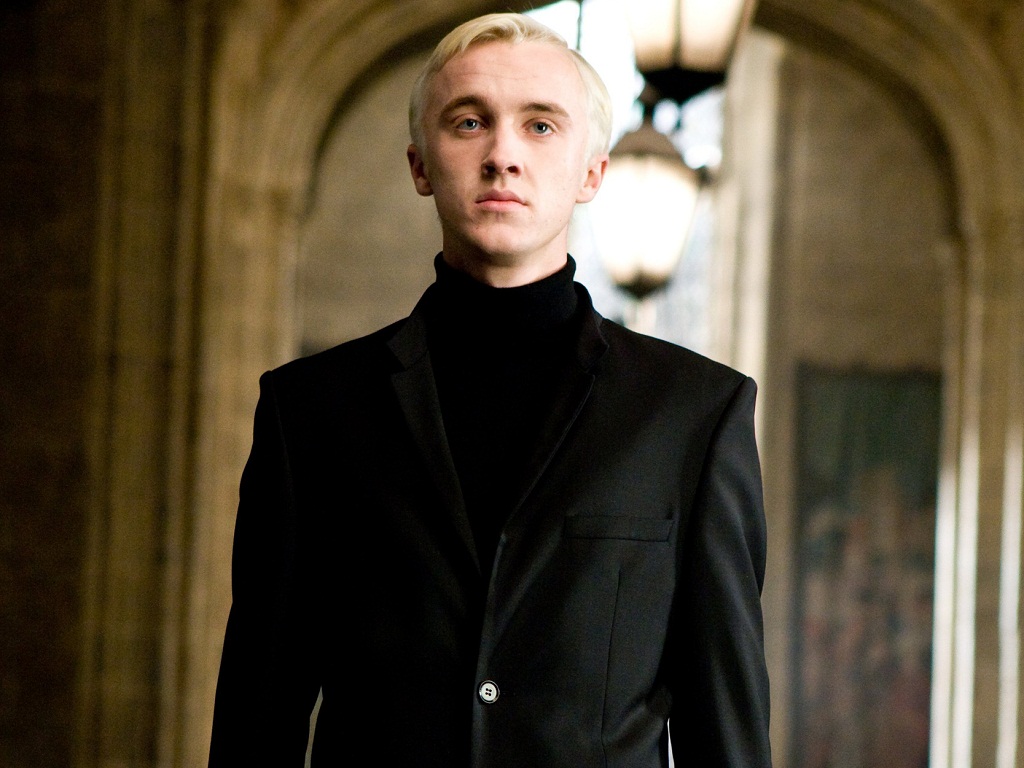
Draco Malfoy, who “was raised in an atmosphere of regret that the Dark Lord had not succeeded in taking command of the wizarding community,” married Astoria Greengrass, who may have helped shape the bitter Slytherin into a better man. Rowling wrote on Pottermore that before meeting Harry on the Hogwarts Express, Draco, his family and other ex-Death Eaters thought Harry could be “another, and better, Voldemort.” But “Astoria refused to raise their grandson Scorpius in the belief that Muggles were scum,” making family gatherings “fraught with tension.”
On Acceptance
When Ireland legalized gay marriage, the author shared a meme about Hogwarts’ most cherished headmaster and The Lord of the Rings’ heroic wizard taking a trip to Ireland to make it official.
On Fighting for What You Believe In
Just like Hermione stood up for House Elves with the Society for Promotion of Elfish Welfare (S.P.E.W.), Rowling never fails to stand up for what she believes in. She often raises money for charitable organizations and uses Twitter to speak out about issues she cares about.
On Standing Up For Something
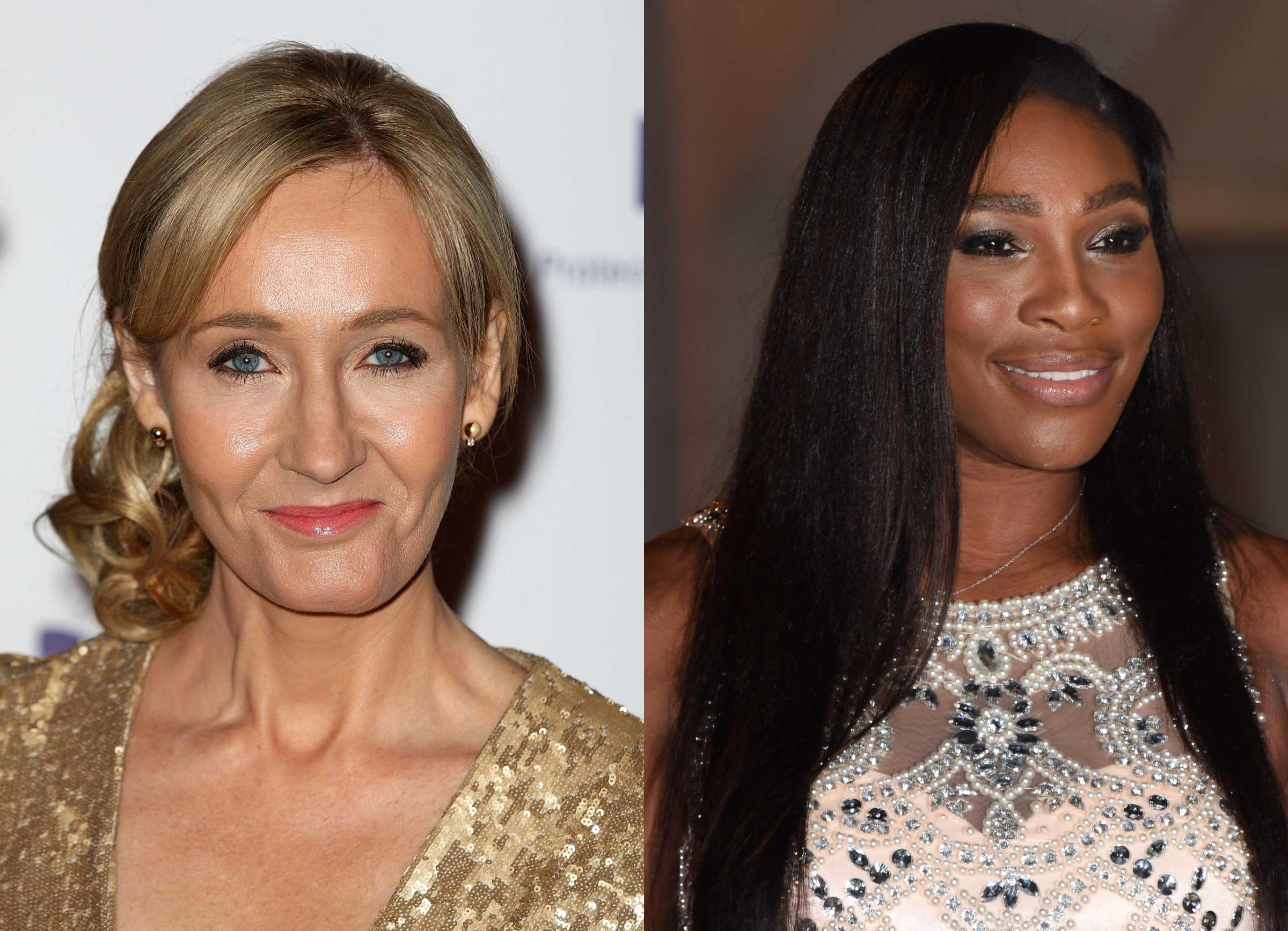
“It takes a great deal of bravery to stand up to our enemies, but just as much to stand up to our friends,” Dumbledore said in Sorcerer’s Stone, when awarding Neville Longbottom points to Gryffindor for standing up to Harry, Hermione and Ron the night they sneak out of the common room. Of course, if he was around for Twitter, he’d probably say it takes a decent amount of bravery to stand up to Internet trolls. And Rowling earned at least 10 points when firing back at a Twitter follower who threw shade at Serena Williams after the tennis champ won Wimbledon in 2015.
On Rumors
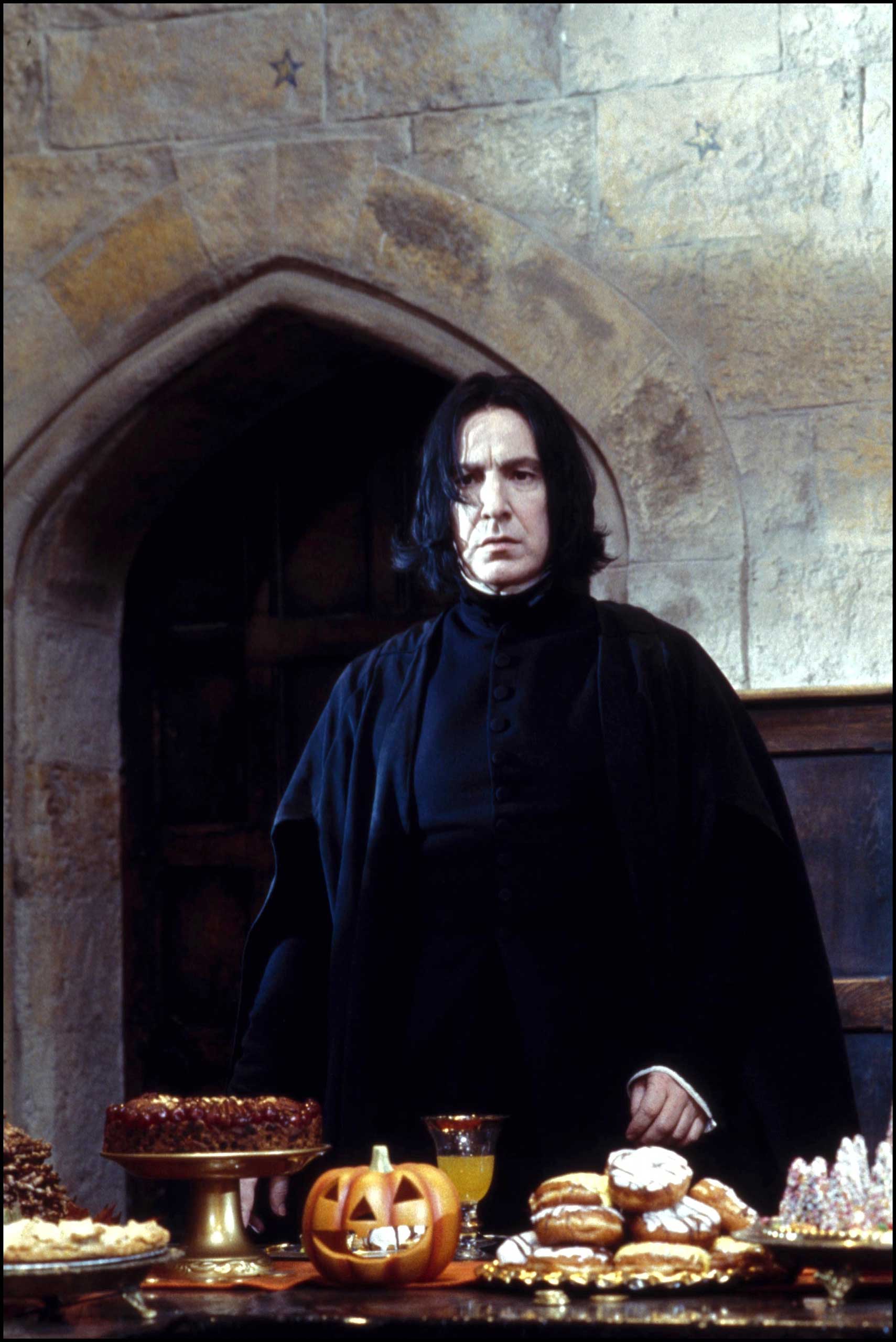
There have been many rumors about the series over the years, and while Rowling toyed with the idea of a vampire professor at Hogwarts called Trocar, named for a “sharply pointed shaft inserted into arteries or cavities to extract bodily fluids,” he was edited out early on in the Potter process. Still, fans speculated that Snape was a vampire. “While it is true that he has an unhealthy pallor, and is sometimes described as looking like a large bat in his long black coat, he never actually turns into a bat,” Rowling wrote on Pottermore in 2014. “We meet him outside in the castle by daylight, and no corpses with puncture marks in their necks ever turn up at Hogwarts.” Whether it’s Rita Skeeter or fans spreading rumors, Rowling’s keen on keeping us focused on the truth.
On Dreams
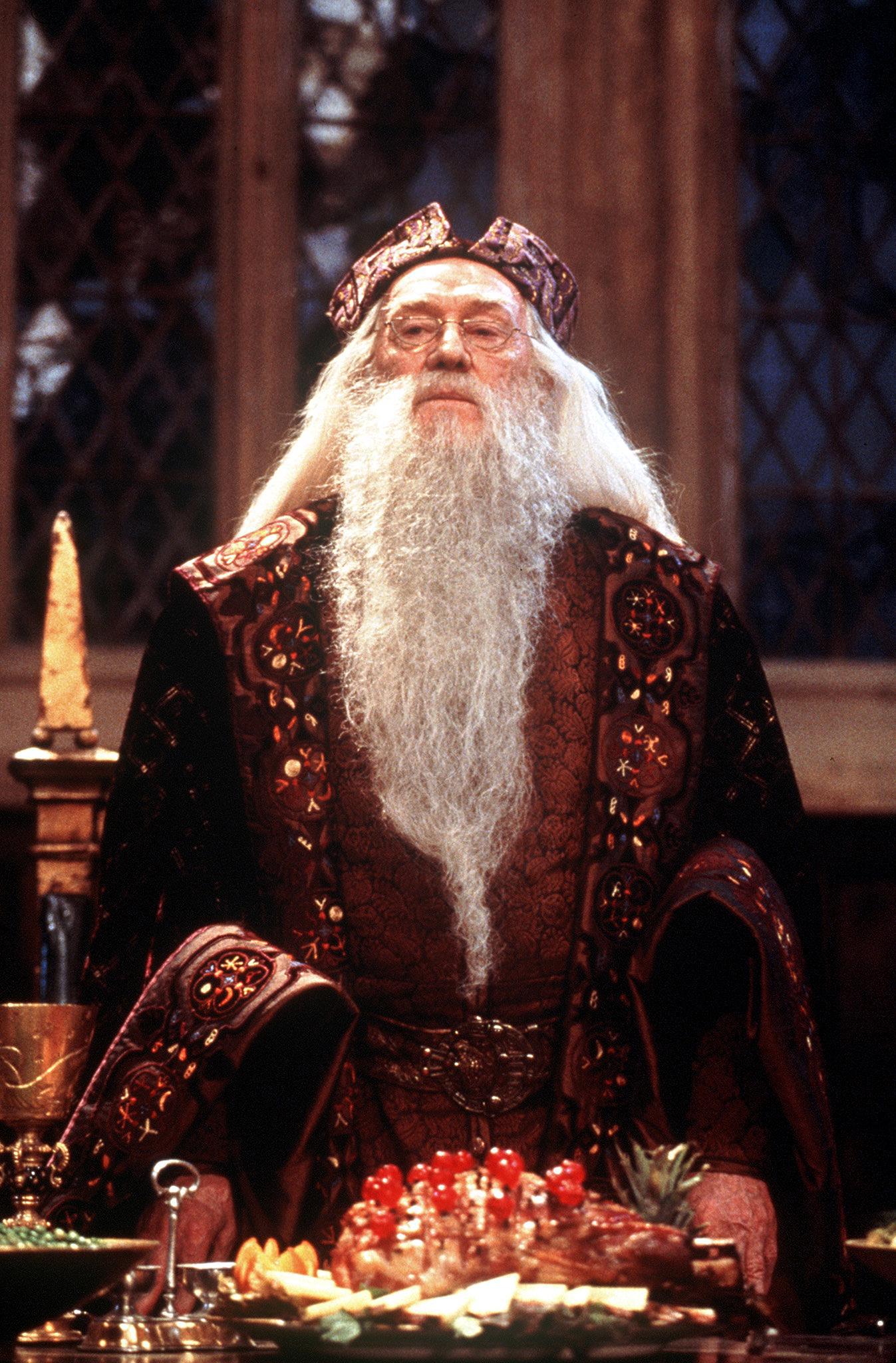
Perhaps one of the first lessons Potter readers took away from the books comes from Harry’s experience with the Mirror of Erised (Erised is desire spelled backward). The mirror, Dumbledore explains, is dangerous because it could drive men mad pining after their heart’s most desperate desire. Harry becomes addicted to staring in it, seeing his deceased family behind him for the first time, but Dumbledore quickly puts a stop to it, telling him that he’d be moving the mirror to another location and that “it does not do to dwell on dreams and forget to live.”
On Staying in Touch
Though she didn’t cast the movies, Rowling has been quite involved with the Potter movie cast. She regularly Tweets to some of the actors.
On Community

Rowling launched her fansite Pottermore with readers in mind, building on the already robust Harry Potter Internet community. In continuing to engage her readers with new information about the wizarding world, Rowling said she hoped to create a unique reading experience for fans.
“No author could’ve asked for a more wonderful, diverse and loyal readership. I’m thrilled to say that I am now in a position to give you something unique. An online reading experience unlike every other. It’s the same story, with a few crucial additions, the most important one is you. Just as the experience of reading requires that the imaginations of the author and reader work together to create the story, so Pottermore will be built, in part, by you, the reader. I’ll be joining in too because I will be sharing additional information I’ve been hoarding for years about the world of Harry Potter.”
And more than that, she appreciates her readers, telling them on Twitter that she “never” gets fed up with questions.
On Living Without Fear
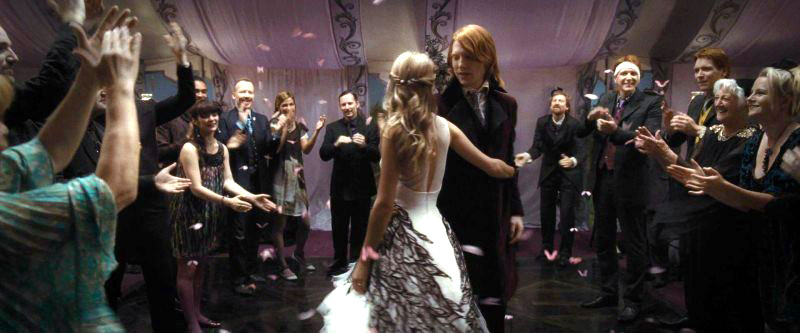
The dark times that haunt the wizarding world could have easily filled everyone with fear, but instead, the characters don’t let that stop them from living. Fleur and Bill’s wedding in Deathly Hallows is a prime example of celebrating life and love in the face of danger, well, despite eventually being crashed by Death Eaters (including what could be Kinglsey’s most terrifying Patronus scene). Alas, we always have Fred and George to look to. “Where’s the fun without a bit of risk?” Fred Weasley says in Goblet of Fire.
On Imagination
Perhaps the most important thing Rowling gave us is the ability to crack open our own imagination and discover Harry’s world and how we think of it in our own way. As Rowling said in her 2008 graduation speech at Harvard, she values imagination because it “is not only the uniquely human capacity to envision that which is not, and therefore the fount of all invention and innovation. In its arguably most transformative and revelatory capacity, it is the power that enables us to empathise with humans whose experiences we have never shared.”
On Respect
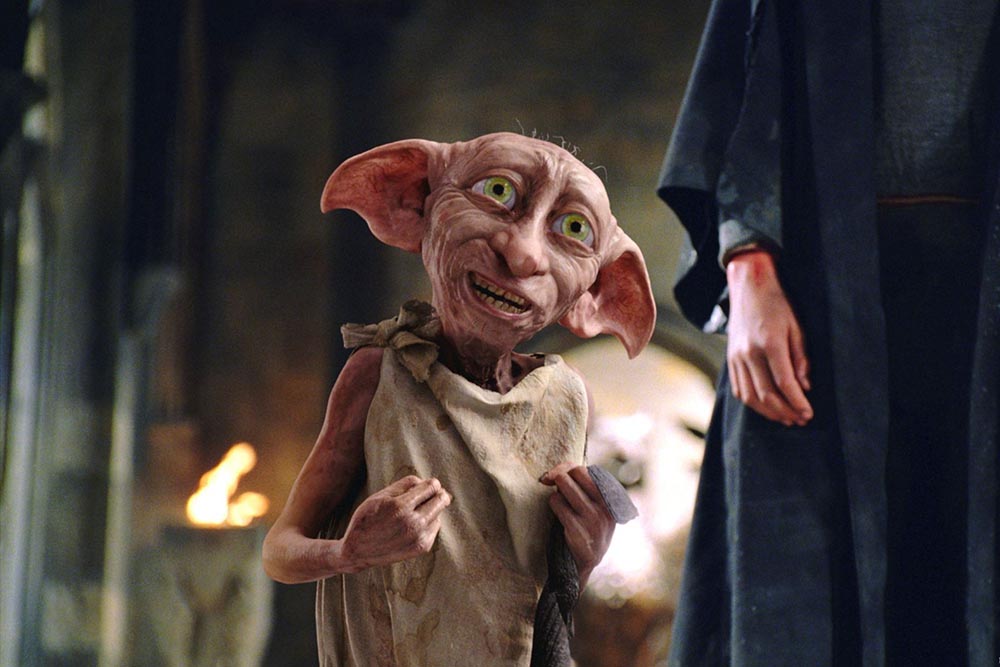
Dobby the house elf was one character who taught us the most about respect. House elves are magical creatures who serve a specific master and can only be freed when their master presents them with clothes. Dobby, who reported to the Malfoys, was freed when Harry sneakily put a sock inside a book he knew Lucius Malfoy would toss Dobby’s way. Harry’s regard for Dobby helped earn his trust, and thus the house elf’s protection until he was killed in Deathly Hallows. Harry buried his loyal friend, carving a rock saying “Here lies Dobby, a free elf” as his headstone.
On Remembering
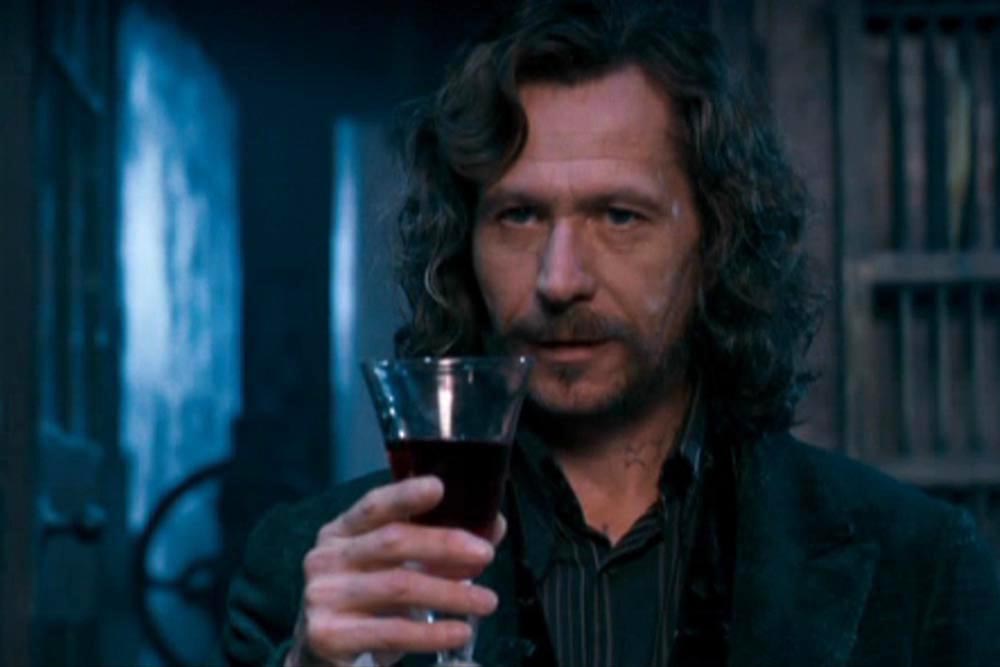
Young Harry always imagines his family, remembering what he can, despite not knowing the truth about them until he meets Hagrid. And he’s consistently enamored with the idea of them: Be it stories and photos from Hagrid, the constant reminder that he has his mother’s eyes, his following in James’ footsteps in the Quidditch world, Slughorn’s fond memories of Lily and the constant threats from Voldemort, the one responsible for making his parents a memory in the first place. Sirius, who is slain by his own cousin Bellatrix Lestrange, plants a seed that sticks with Harry through the end of the books, telling him that “the ones who love us never really leave us, you can always find them in here.”
On Loyalty
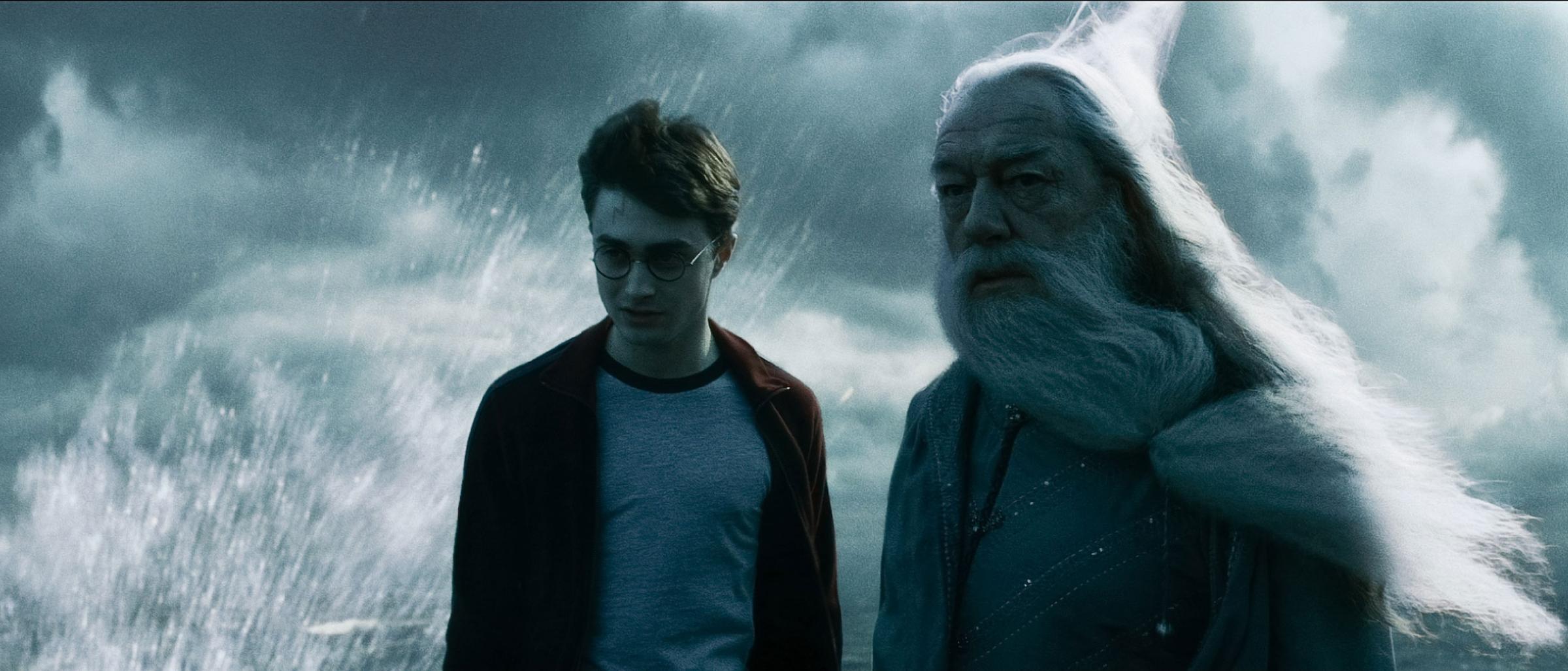
Say what you will about Albus Percival Wulfric Brian Dumbledore supposedly “raising [Harry] like a pig for slaughter.” Harry stayed loyal to Dumbledore and the mission to defeat Voldemort, trusting him with everything and following his every demand, no matter how vague. And most of the students of Hogwarts are loyal to him as well, knowing that he truly has their best interests, and that of the entire wizarding world (Muggle-borns very much included) at heart.
On Forgiveness
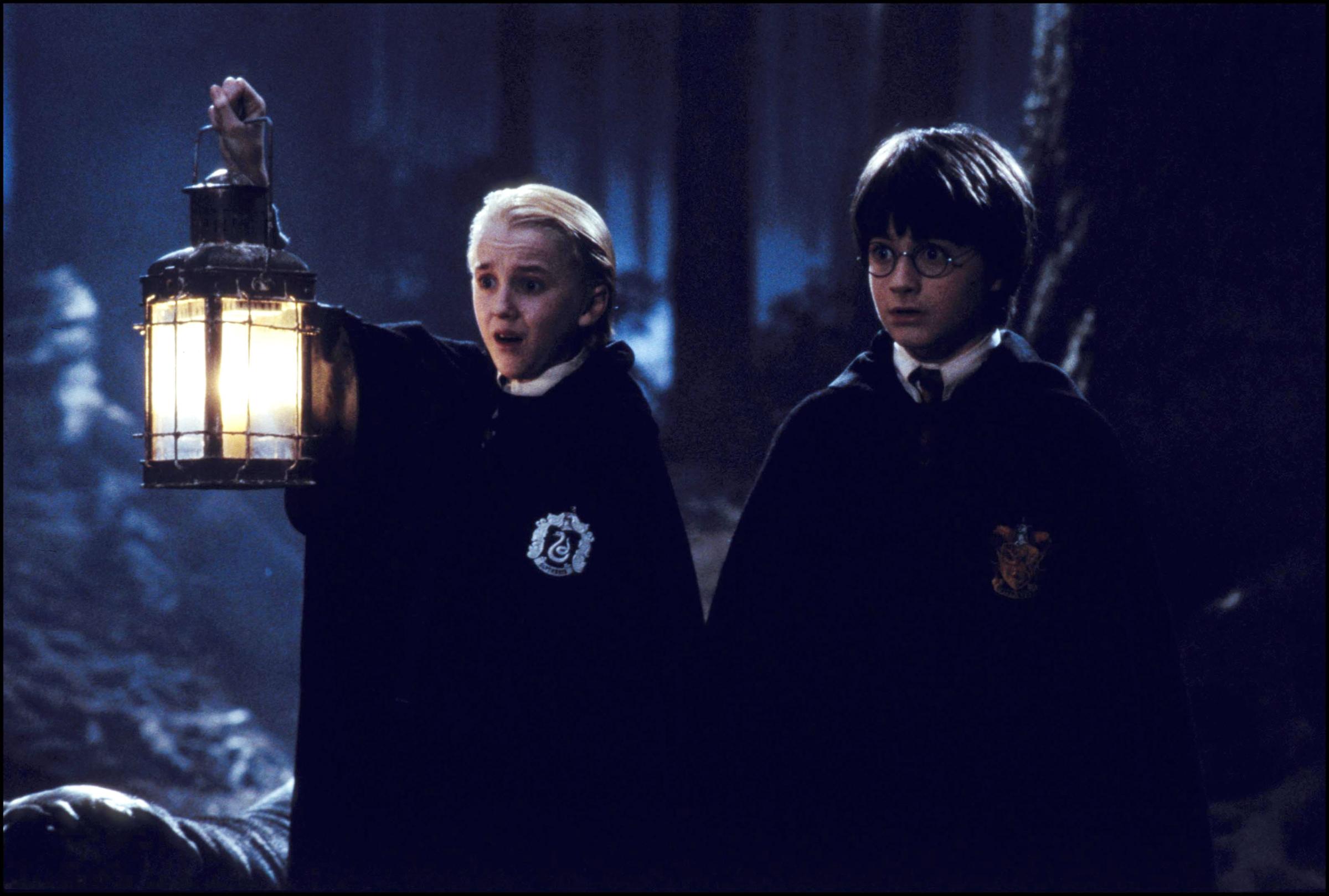
Harry’s ongoing misfortune in life could easily have defined him in a bad way. But with the help of his magical cohort, he charges through everything with class in the face of adversity. Whether it’s saving Dudley from Dementors or Malfoy from the flames in the Room of Requirement, he always tries to do what’s right, teaching us the importance of forgiveness.
On Courage
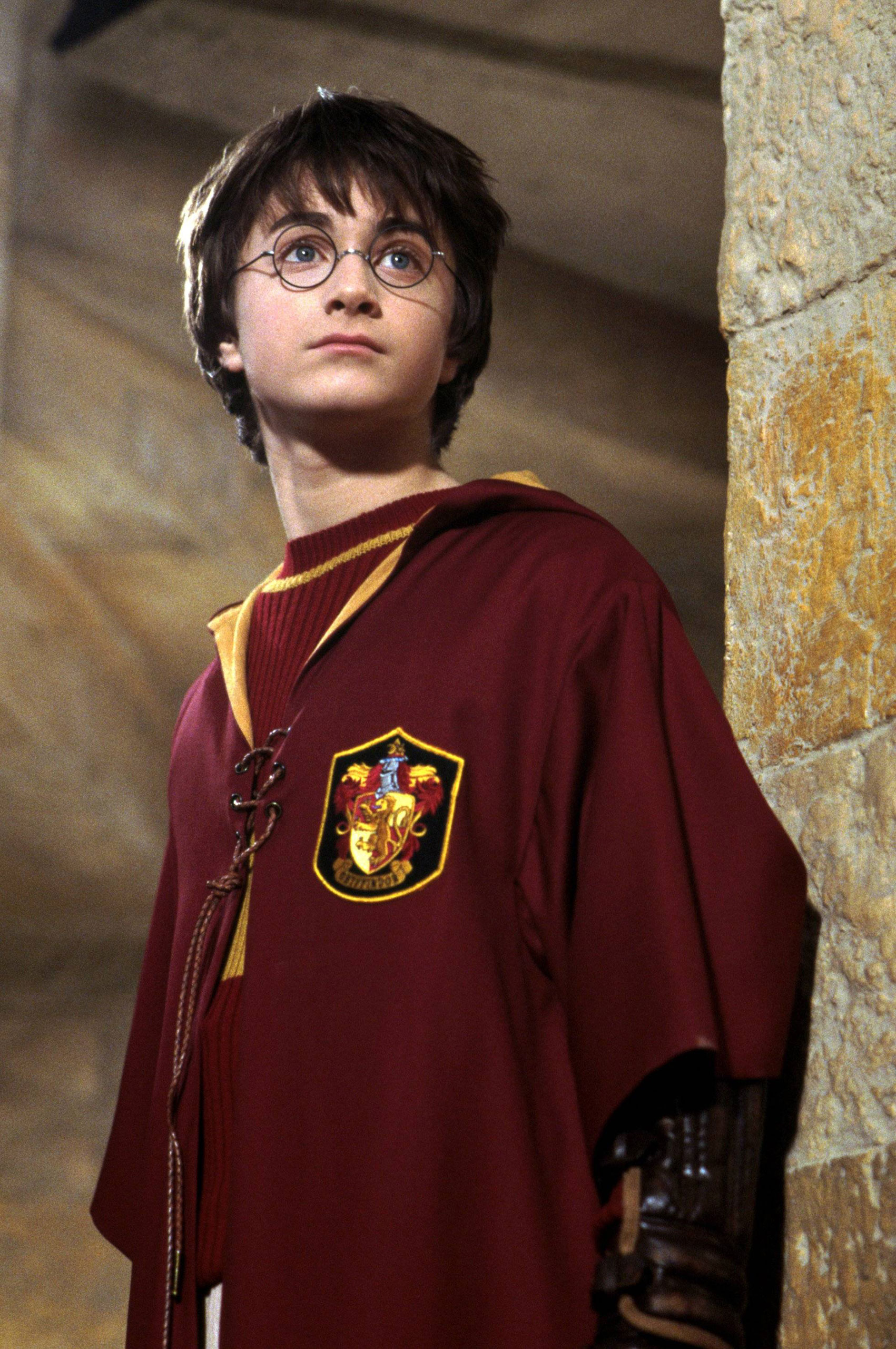
Be it Robin Ellacott’s audacity to stand up to Cormoran Strike in Rowling’s Galbraith books, Professor McGonagall’s face off against Umbridge or Dobby’s bold nerve to do whatever it takes to save Harry, we meet many faces of courage in the Potter books. This is why so many can understand the desire to end up in Gryffindor, “where dwell the brave at heart, their daring, nerve and chivalry set Gryffindor apart,” so says the Sorting Hat.
On Failure
Putting her characters aside, Rowling herself is a true example of success after failure. In 2008, the author gave the commencement address at Harvard, citing her own failure as a key to who she became. “Failure gave me an inner security that I had never attained by passing examinations. Failure taught me things about myself that I could have learned no other way. I discovered that I had a strong will, and more discipline than I had suspected; I also found out that I had friends whose value was truly above the price of rubies.”
On Time
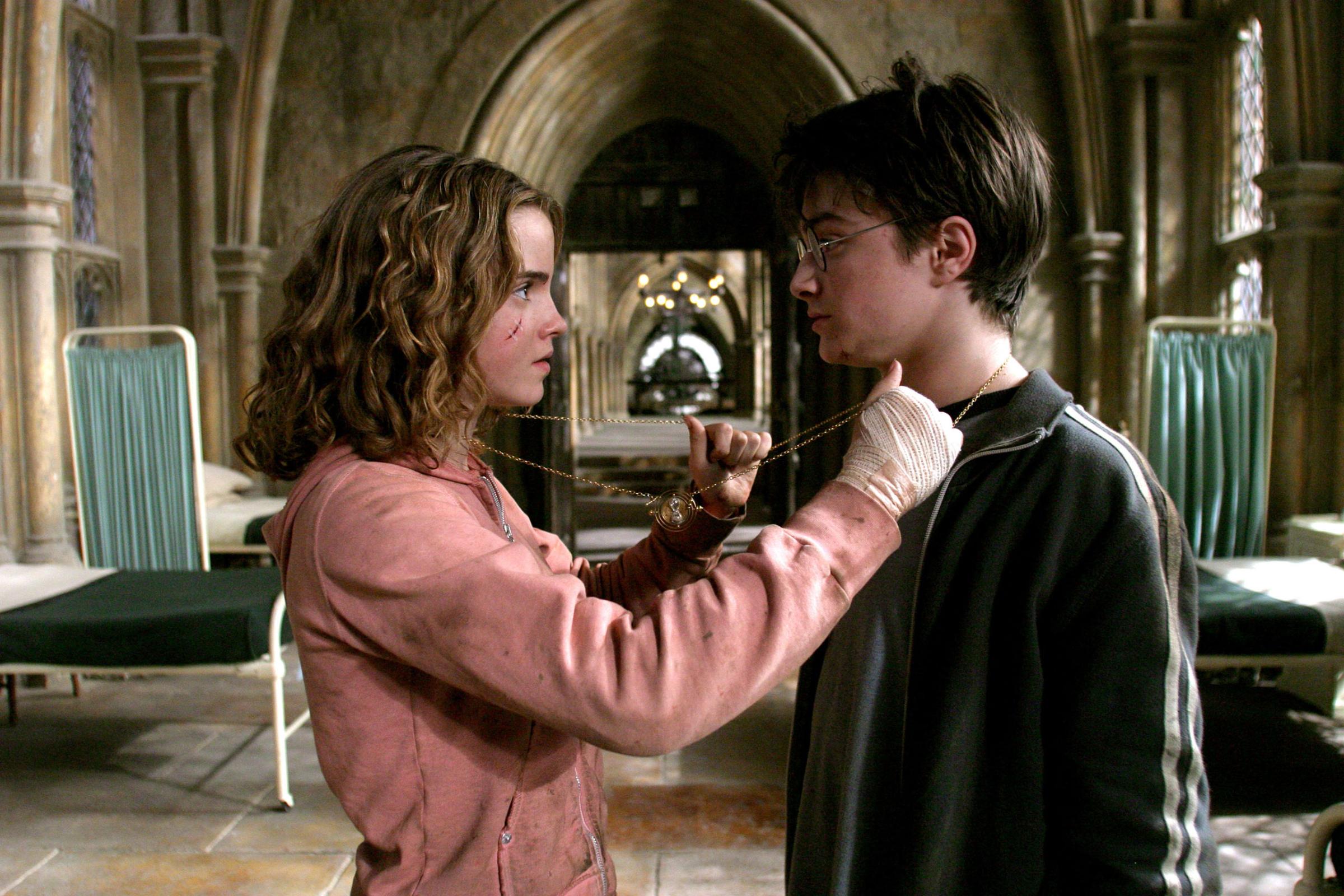
“Time is making fools of us again,” Dumbledore tells Harry in Half-Blood Prince, during a conversation after a visit back in time to Dumbledore’s memory of his first meeting with Tom Riddle, who would become Voldemort. Time features heavily in the Potter series, through the Pensieve, used to review memories and especially through Hermione’s Time Turner, a timepiece altered with an hour-reversal charm. These things reinforce that time is of great value, and must not be treated carelessly, even for wizards who have the magic to bend it.
On Riddles
Rowling’s stories are full of anagrams. The Harry Potter series’ villain created his name–I Am Lord Voldemort–by making an anagram of the name he was born with. And there are loads more: The poison potion riddle that could stop Harry and co. from getting to the sorcerer’s stone, the golden egg hint during the Triwizard tournament and the inscription on the Mirror of Erised. Rowling took to Twitter in 2014 with an anagram that teased the upcoming screenplay she’s writing for Fantastic Beasts and Where to Find Them, and fans went nuts trying to solve it.
Rowling offered hints until someone did.
On Listening to Your Mom

If you’ve read the final Potter book or seen the movie based on it, you know not to mess with Molly Weasley. But Ron learned this early on, when he stole his father’s flying car to get to Hogwarts, and Mrs. Weasley sent him a Howler. A howler is a letter charmed so the written message is spoken, or in some cases, screamed, in the writer’s own voice. Ron’s read:
“RONALD WEASLEY! HOW DARE YOU STEAL THAT CAR! I AM ABSOLUTELY DISGUSTED! YOUR FATHER’S NOW FACING AN INQUIRY AT WORK AND IT’S ENTIRELY YOUR FAULT! IF YOU PUT ANOTHER TOE OUT OF LINE WE’LL BRING YOU STRAIGHT HOME! — Oh, and Ginny dear, congratulations on making Gryffindor. Your father and I are so proud.”
On Mischief
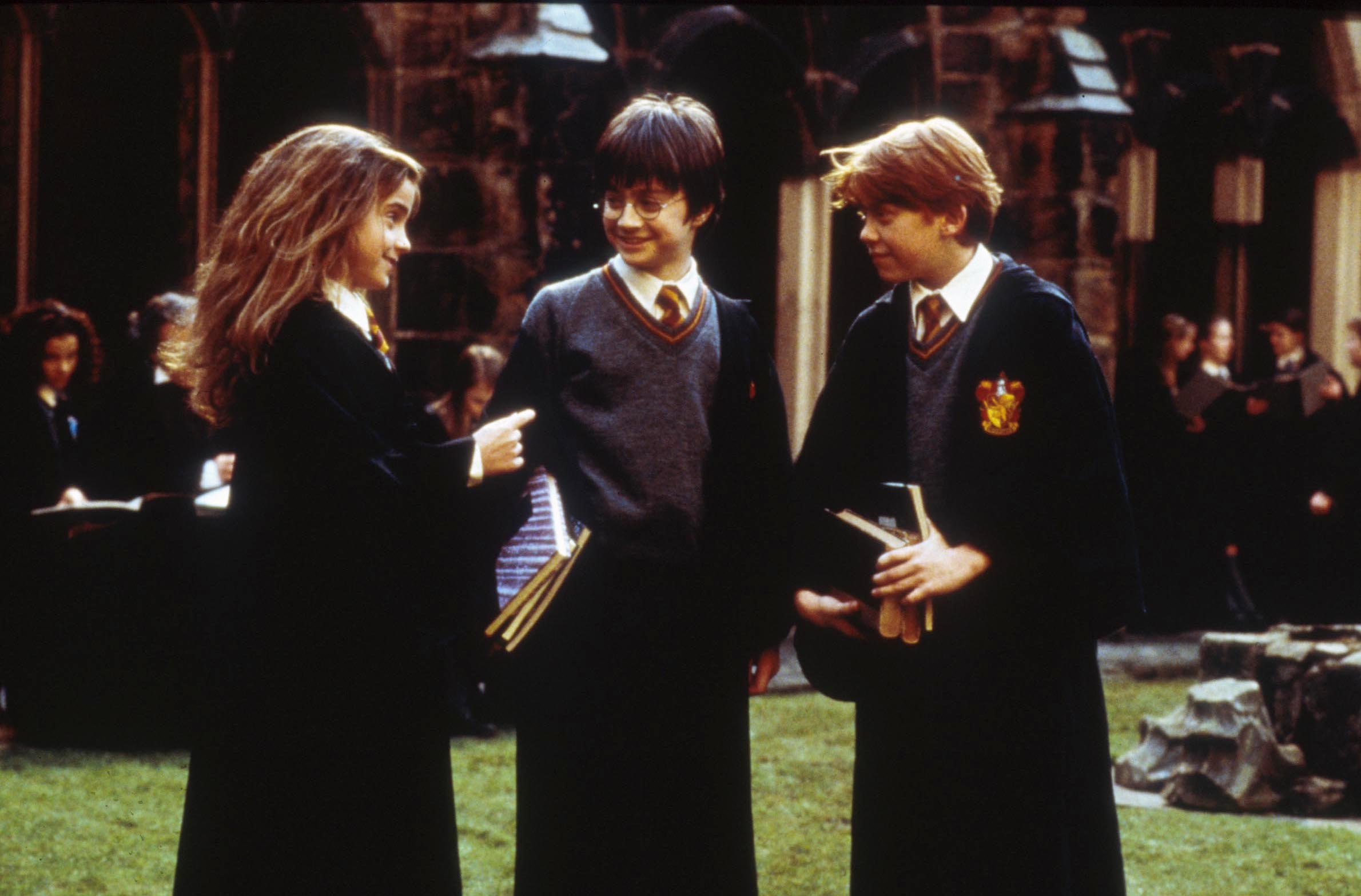
One of Rowling’s simple lessons could be the most magical of all: Getting into mischief can definitely be a good thing. From the moment Harry woke up on Christmas to see the Invisibility Cloak, a tool (and one of the Deathly Hallows) he could use to sneak around undetected, it was clear fans were in for an adventure. Even Hermione got into breaking the rules with Dumbledore’s Army. The “I solemnly swear I am up to no good” mindset sure can get you into trouble, but sometimes it’s worth it.
On Mystery
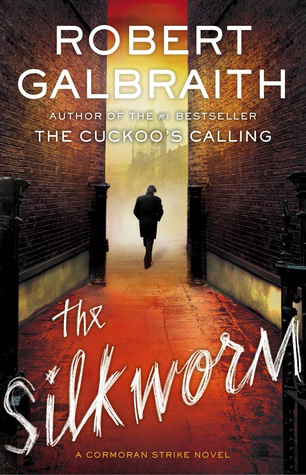
Yes, all the Potter books are full of mysteries fans were eager to see solved. But Rowling mastered the mystery with her Cormoran Strike series. The complicated twists of layered plot make readers care not only that the mysteries get solved, but that the characters be the ones to solve them. After 2014’s The Silkworm, Rowling said she’ll likely write more than seven books in this series. Her next is due out in October of 2015.
On Chasing Big Ideas
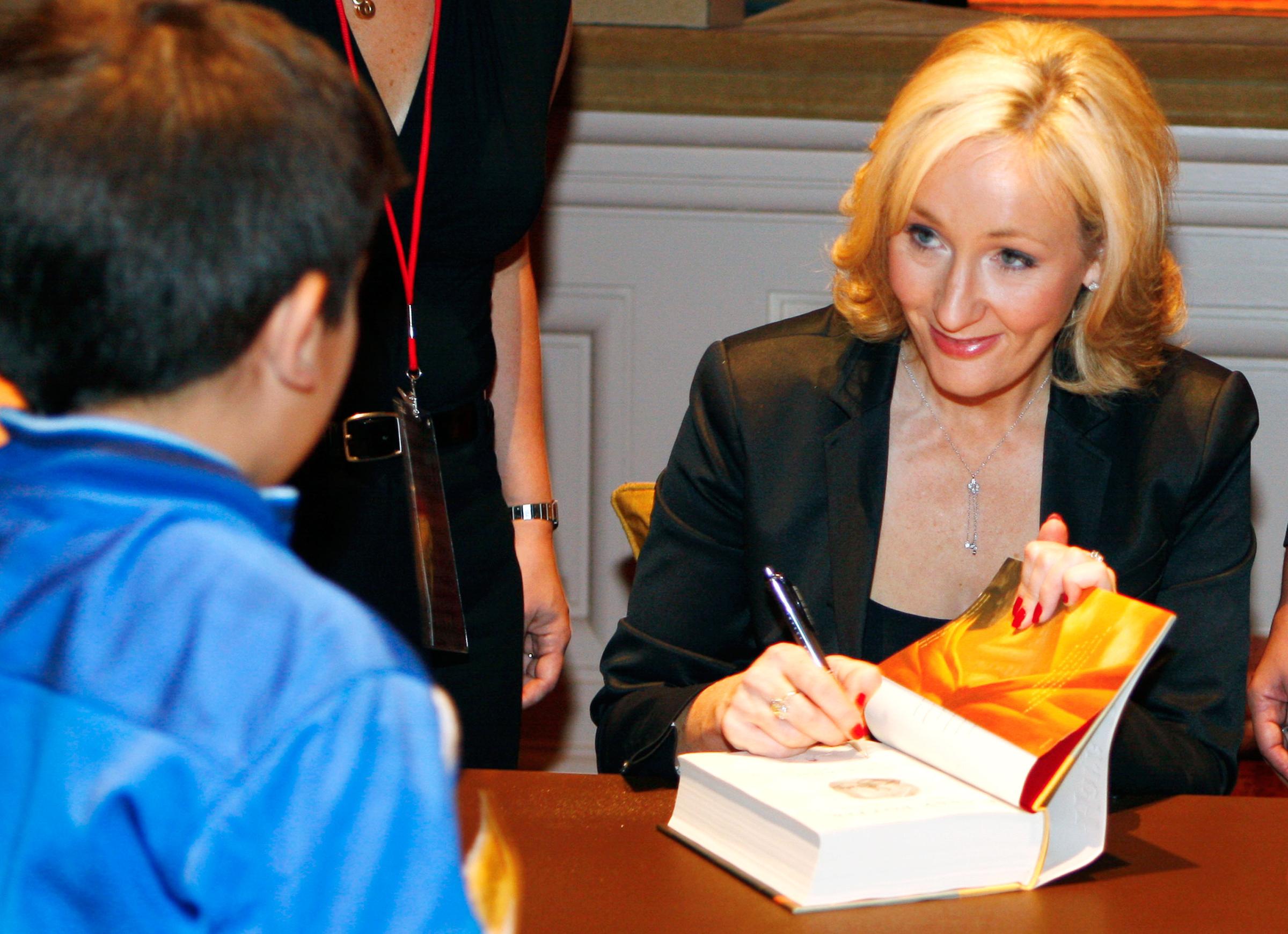
Pursuing your biggest idea can be the ultimate thing to relieve you from the stress of day-to-day life. “I stopped pretending to myself that I was anything other than what I was, and began to direct all my energy into finishing the only work that mattered to me. I was set free because my greatest fear had been realized,” Rowling said in 2008, discussing her own failures in her twenties. “And I was still alive and I still had a daughter whom I adored and I had an old typewriter and a big idea.”
On Creativity
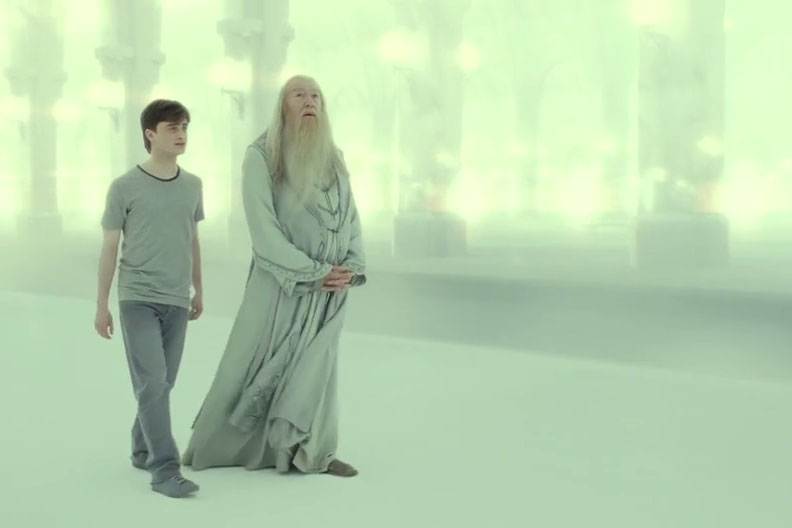
Using her characters, Rowling always taught readers to believe in more. A fan-favorite quotation cements the idea: “Of course it is happening inside your head,” Dumbledore tells Harry in Deathly Hallows. “But why on earth should that mean that it is not real?”
On Inclusion
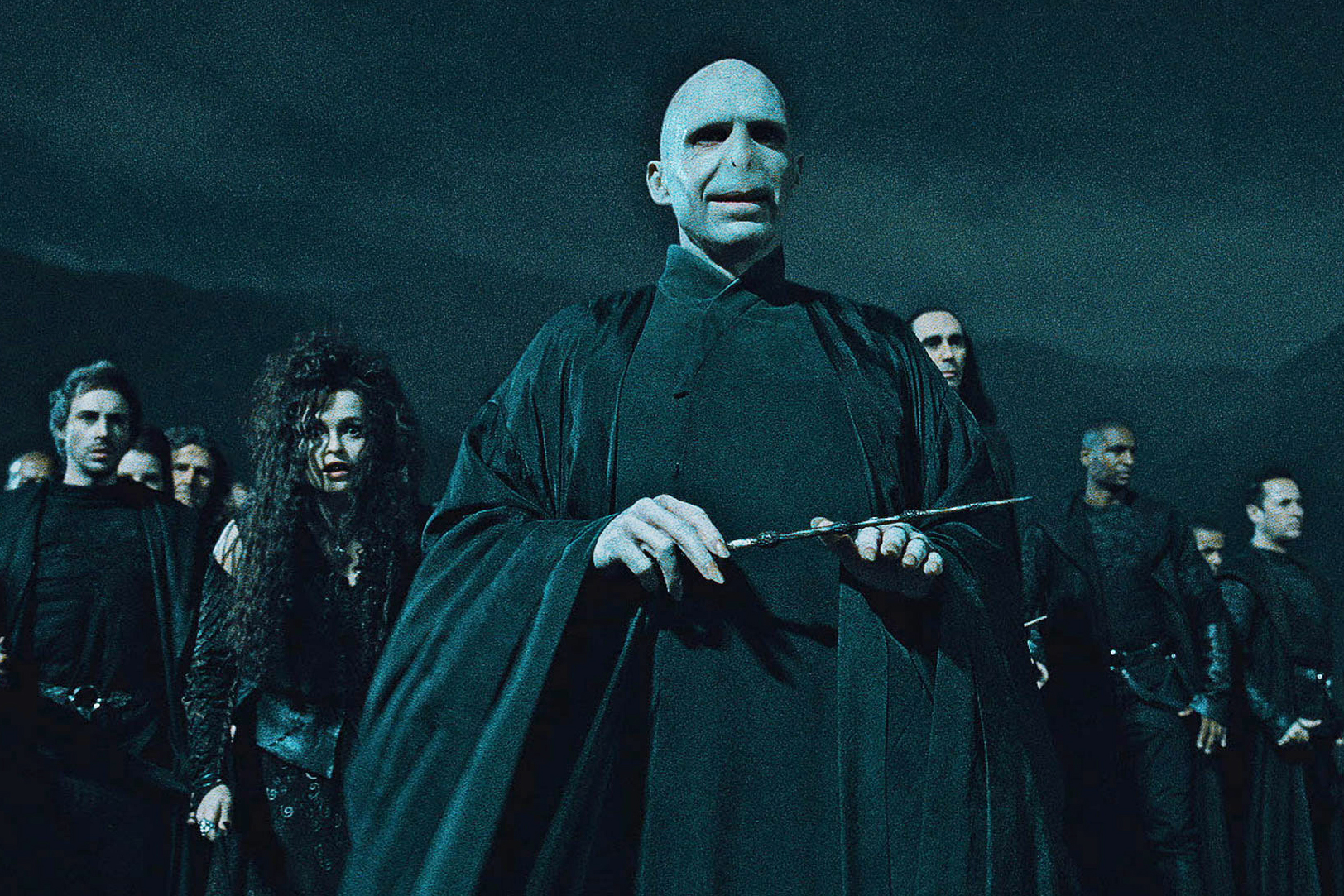
The Voldemort regime and his faithful Death Eater followers have an eerie similarity to the Nazi party. The idea of purebloods vs. muggleborns was ever-present in the series, with Hermione at the forefront of the Potter plot. “What did my books preach against throughout? Bigotry, violence, struggles for power, no matter what,” Rowling told TIME in 2007.
On Never Trusting a Book By Its Cover

From Harry’s sixth year potions book to Ginny’s diary in Chamber of Secrets, there’s much more to everything than what’s on the surface. Take the Marauder’s Map, not just plain parchment is it? And how about when Dumbledore thinks he’s in the clear with candy?
“’Ah! Bertie Bott’s Every Flavor Beans!’ he says to Harry in Sorcerer’s Stone. ‘I was unfortunate enough in my youth to come across a vomit-flavored one, and since then I’m afraid I’ve rather lost my liking for them — but I think I’ll be safe with a nice toffee, don’t you?’ He smiled and popped the golden-brown bean into his mouth. ‘Alas! Ear wax!'”
On the Best Way to Make New Friends
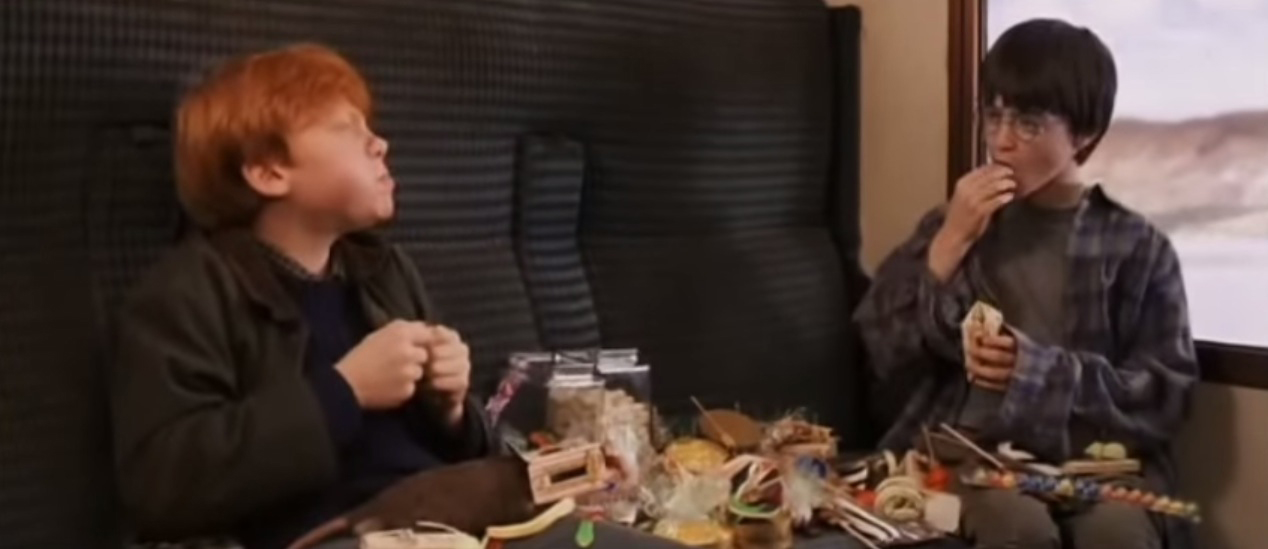
Sharing snacks, obviously. Readers’ introduction to Harry and Ron’s friendship is on the Hogwarts Express, when they meet and Harry loads up on snacks and candy with the money he recently picked up from Gringotts with Hagrid. There’s nothing like a disgusting Bertie Bott’s Every Flavour Bean to bring two people together.
On Perception
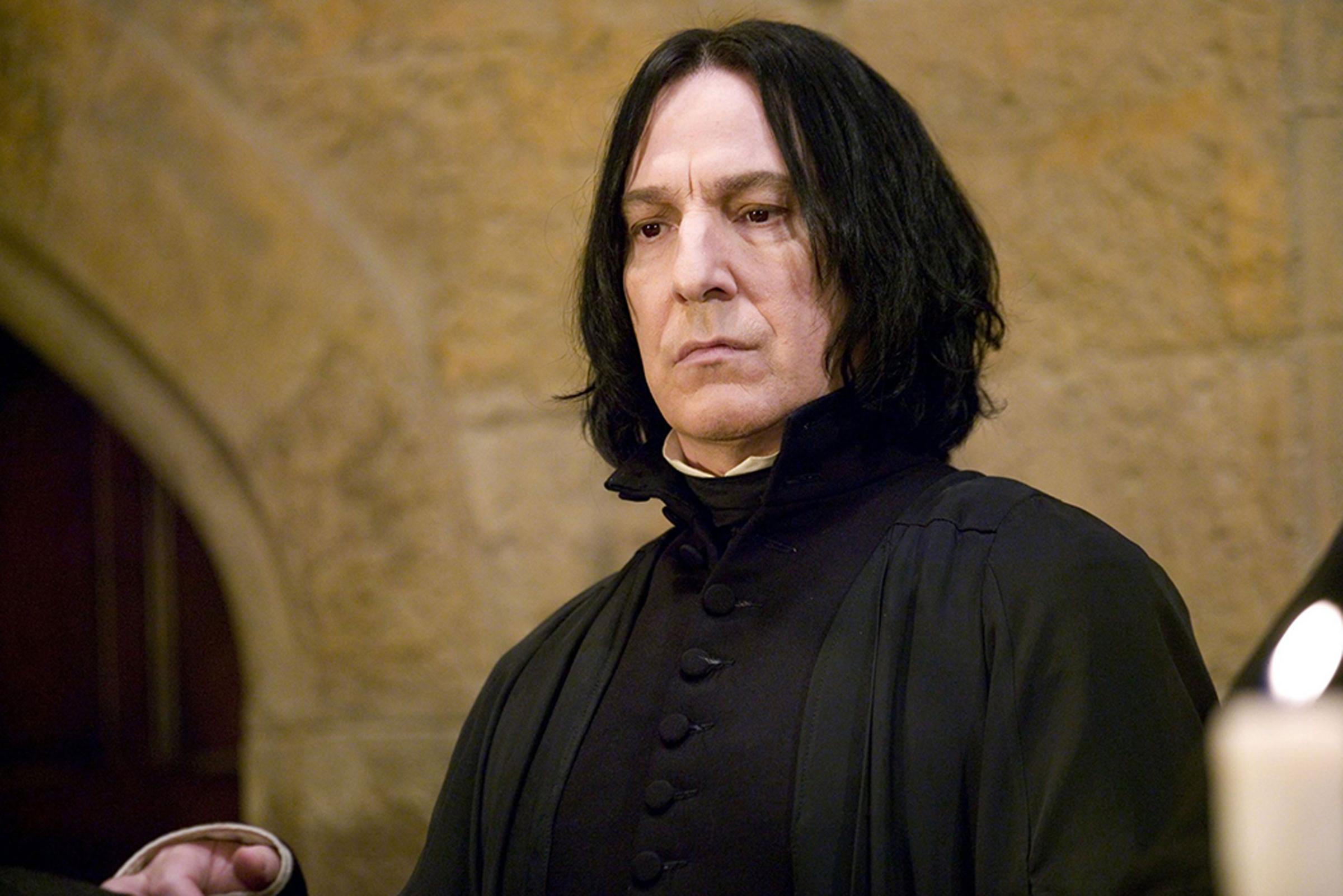
Just because people give off a bad vibe, doesn’t mean they’re that bad, or that they’re not working as a double agent for Dumbledore and Voldemort. Snape, all this time (yes, always), was actually good. Mad Eye Moody wasn’t even Mad Eye Moody! And do we even need to get started on Peter Pettigrew?
On Sacrifice
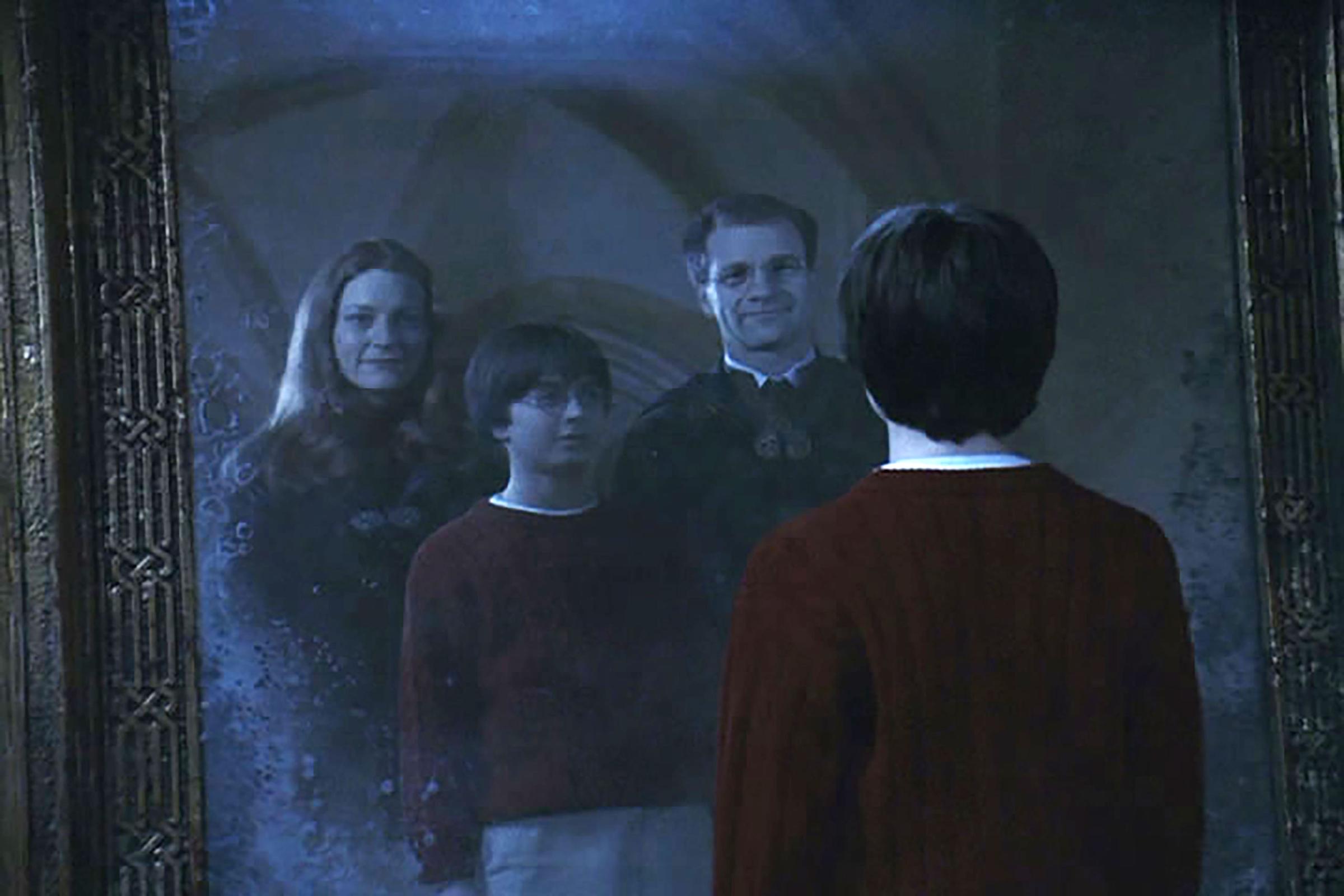
Lily and James may be the most vigilant characters when it comes to self sacrifice throughout the Potter books. But there’s also Ron’s sacrifice in “the best-played game of chess Hogwarts has seen” and Snape’s choice to sacrifice himself and his reputation for the good of the school and the future of the wizarding world. There’s also the heartbreaking moment when Hermione chooses to wipe her parents’ memories to keep them safe from Voldemort, saying goodbye to them before she sets off to help Harry and Ron defeat the Dark Lord. “Her sacrifice was massive, completely,” Rowling said in 2014. “A very calculated act of bravery. That is not an ‘in the moment’ act of bravery where emotion carries you through, that is a deliberate choice.”
On Choice
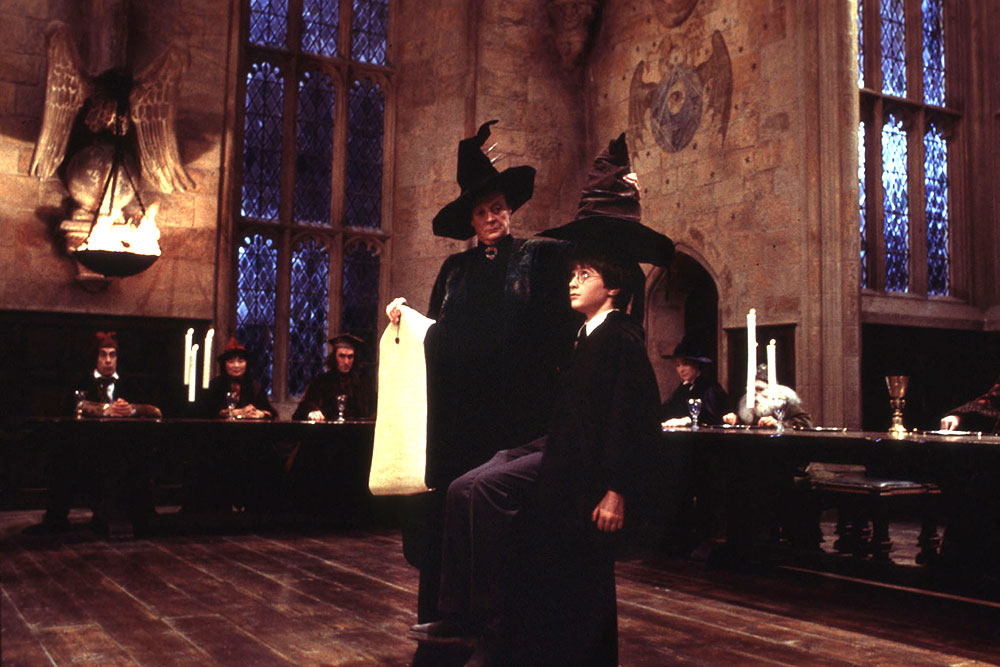
When Harry puts on the Sorting Hat in Sorcerer’s Stone, we know there’s some doubt as to where he belongs. But he’s able to choose, something he reminds his son (named Albus Severus Potter) in Deathly Hallows: “The Sorting Hat takes your choice into account,” he tells him.
On Family
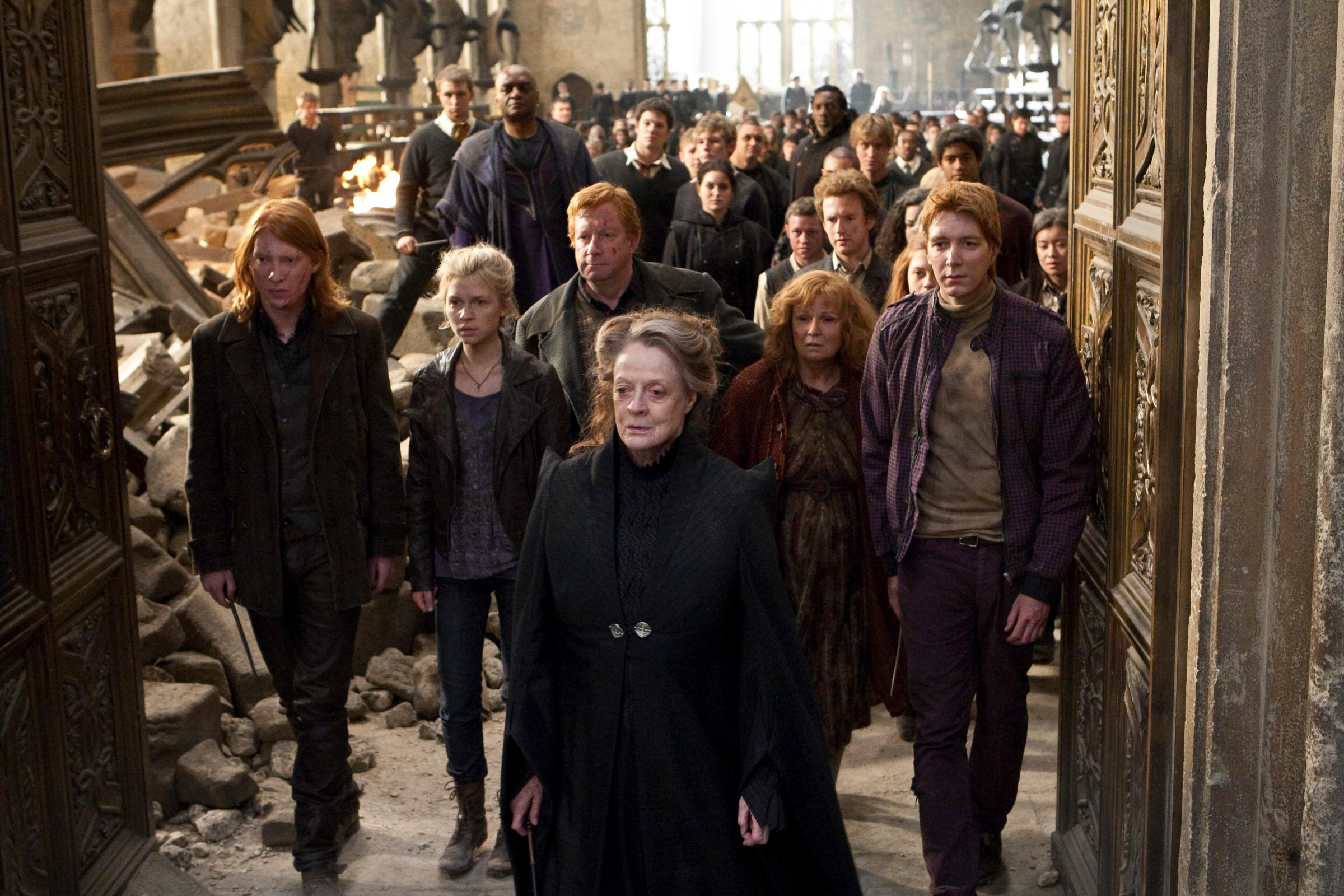
It’s incredibly apparent through the series that the family you’re born into (ahem, the Dursleys) doesn’t have to be the family you grow up to be like. But what matters even more is the family you choose: The Weasleys, Hermione, Sirius and the rest of the Order of the Phoenix become much more of a family than blood relations for Harry.
On Trust
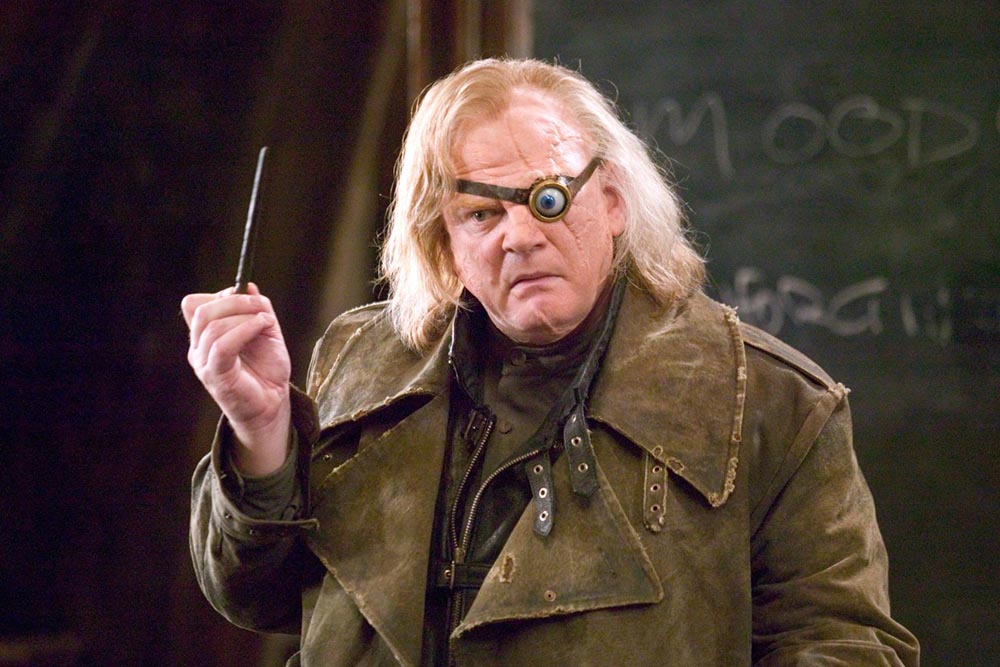
Whether it’s a pet rat or the identity of Mad Eye Moody, Rowling’s characters taught us never to trust just anyone, and to always raise questions. We learn this even more so in the Cormoran Strike series, when even the one you least expect to be malicious is, in fact, exactly who you should’ve second guessed in the first place.
On Trolling The Internet
Rowling’s activity on social media earned her a spot on TIME’s list of the most influential people on the Internet in 2015, and with good reason. Aside from using the web to share new stories, news and answer fan questions, she’s never afraid to poke fun at everything flying her direction.
On Life After Death

When Harry finally makes it to his parents’ tombstone, it reads: “The last enemy that shall be destroyed is death.” In 2007, Rowling told TIME that the Bible verse, a passage from I Corinthians in which Paul discusses Jesus’ Resurrection, was the theme for the entire series. And Dumbledore hinted at this in Sorcerer’s Stone, when Harry learns of the imminent death of Nicolas Flamel, the creator of the stone itself. Dumbledore tells Harry that “to the well-organized mind, death is but the next great adventure.”
More Must-Reads From TIME
- The 100 Most Influential People of 2024
- Coco Gauff Is Playing for Herself Now
- Scenes From Pro-Palestinian Encampments Across U.S. Universities
- 6 Compliments That Land Every Time
- If You're Dating Right Now , You're Brave: Column
- The AI That Could Heal a Divided Internet
- Fallout Is a Brilliant Model for the Future of Video Game Adaptations
- Want Weekly Recs on What to Watch, Read, and More? Sign Up for Worth Your Time
Contact us at letters@time.com